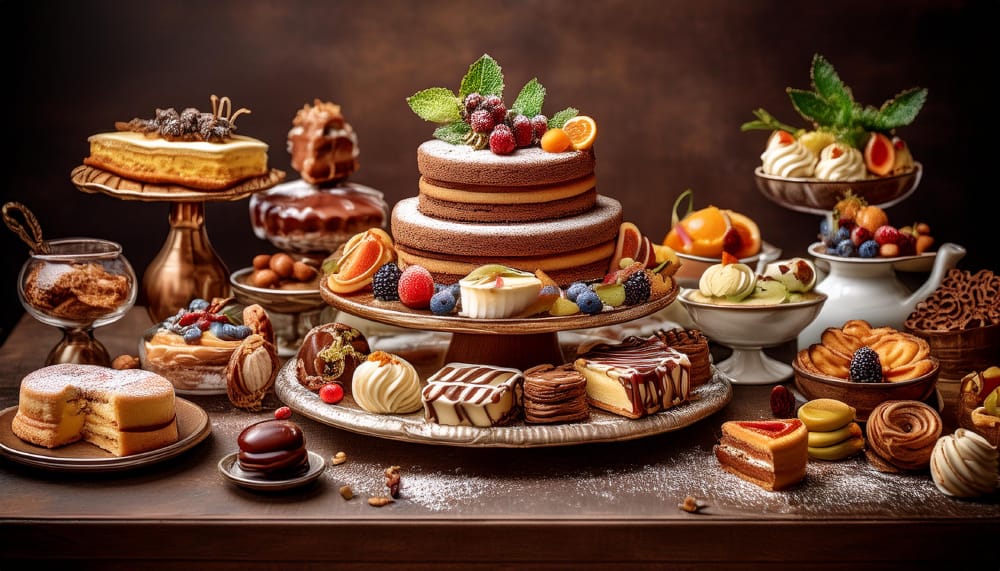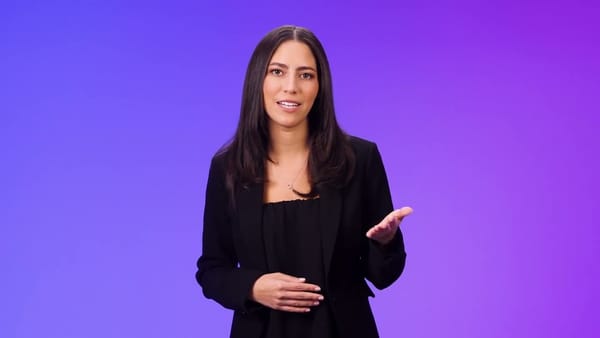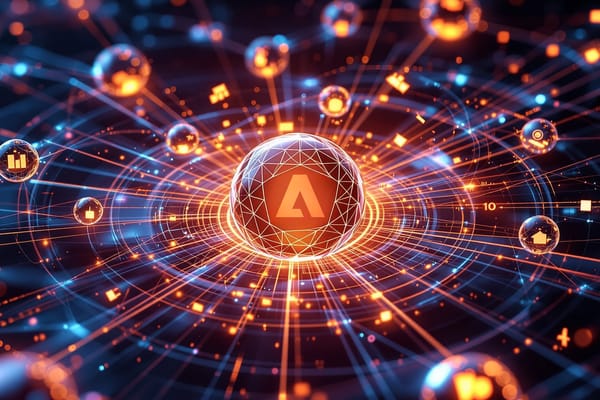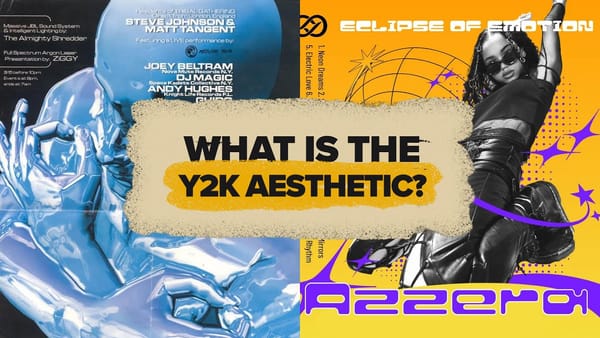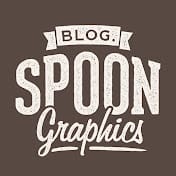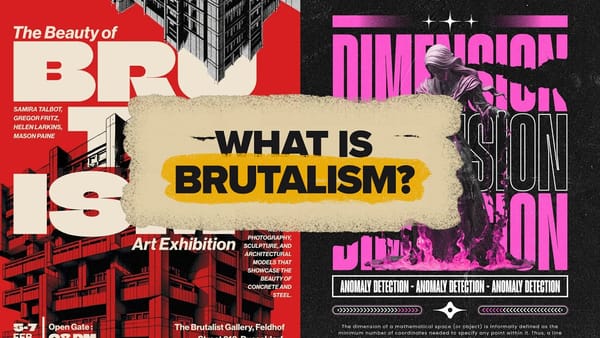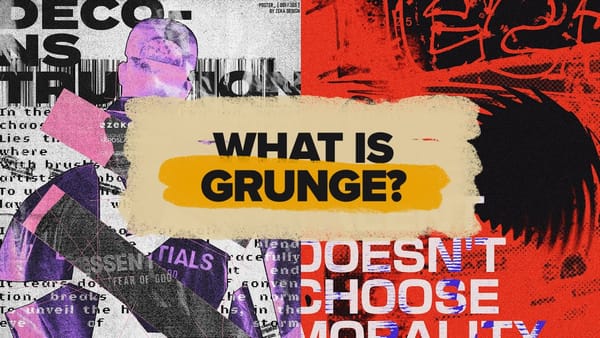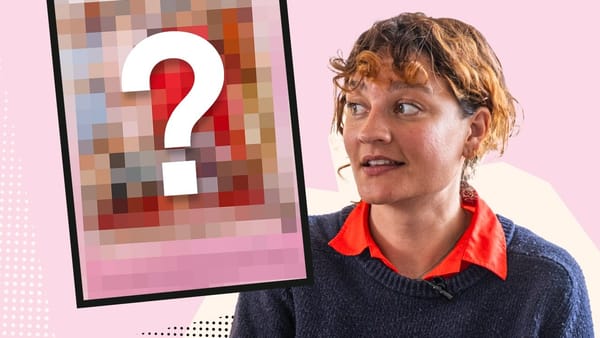Desserts are more than just a treat for the palate—they’re a feast for the eyes. The delicate swirls of frosting, the glossy sheen of chocolate, the colorful burst of fresh fruits; these details make confections as visually enticing as they are satisfying to eat. But what happens when desserts aren’t crafted in a kitchen but instead come to life through the power of artificial intelligence?
This article invites you to explore a series of dessert-inspired images crafted with Adobe Firefly, a generative AI tool that turns imagination into vivid visuals. The prompts guiding these creations were crafted with the assistance of ChatGPT, carefully designed to evoke specific flavors, textures, and aesthetics. The goal is not to replicate the intricate art of pastry-making or to create exact replicas of edible treats. Instead, it’s to demonstrate the extraordinary capabilities of AI in generating mouthwatering imagery that feels alive with texture, color, and emotion.
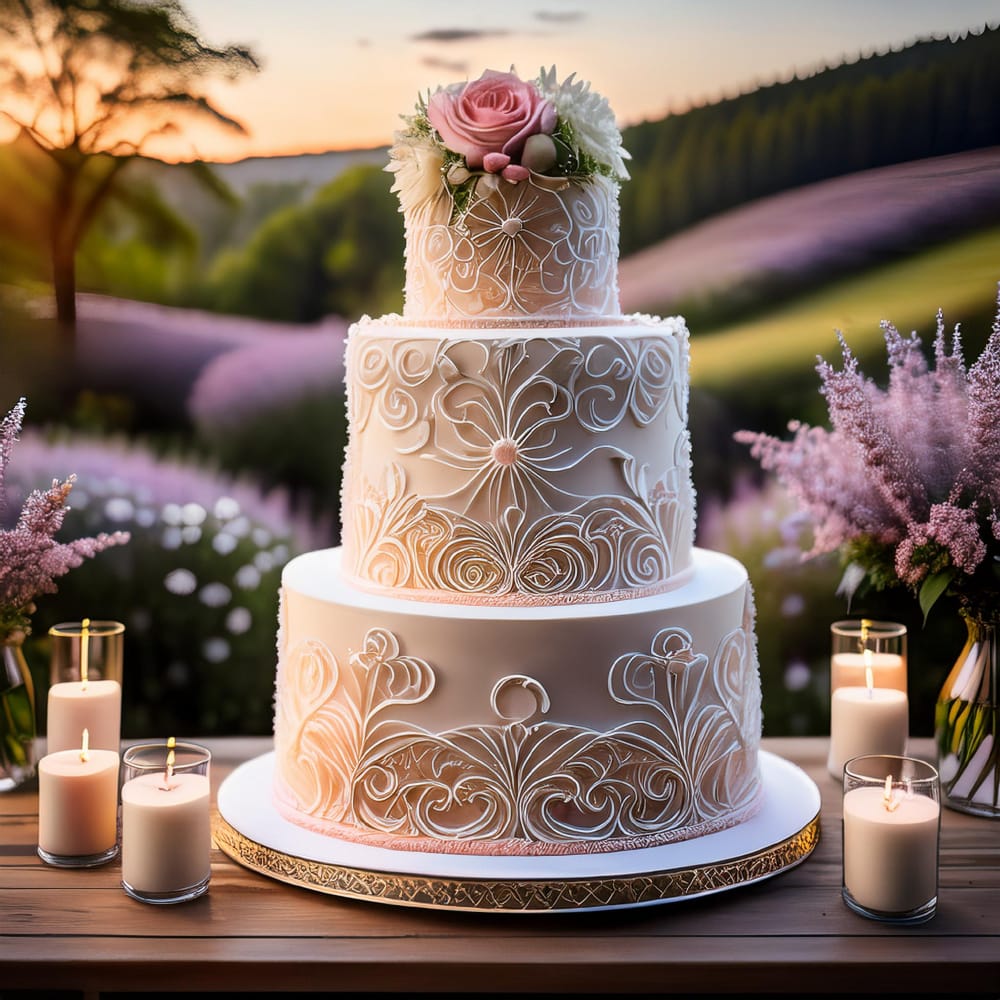
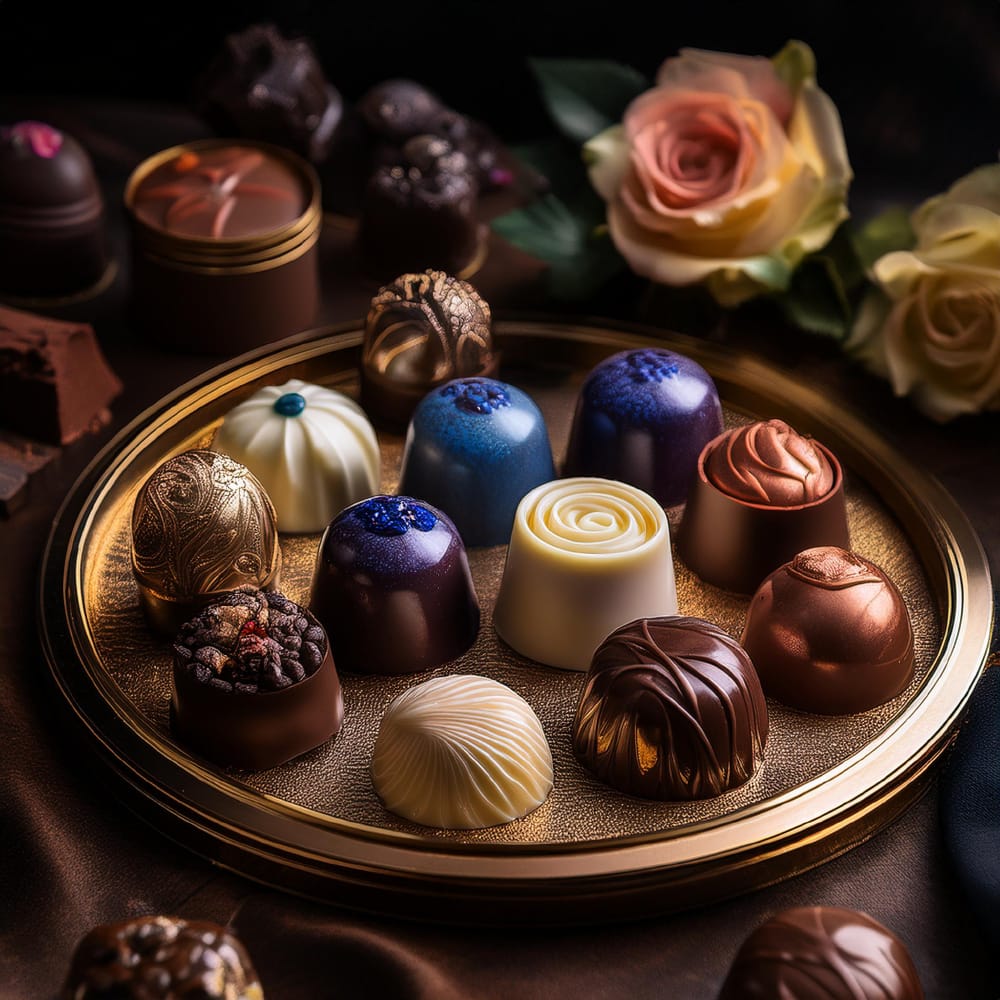
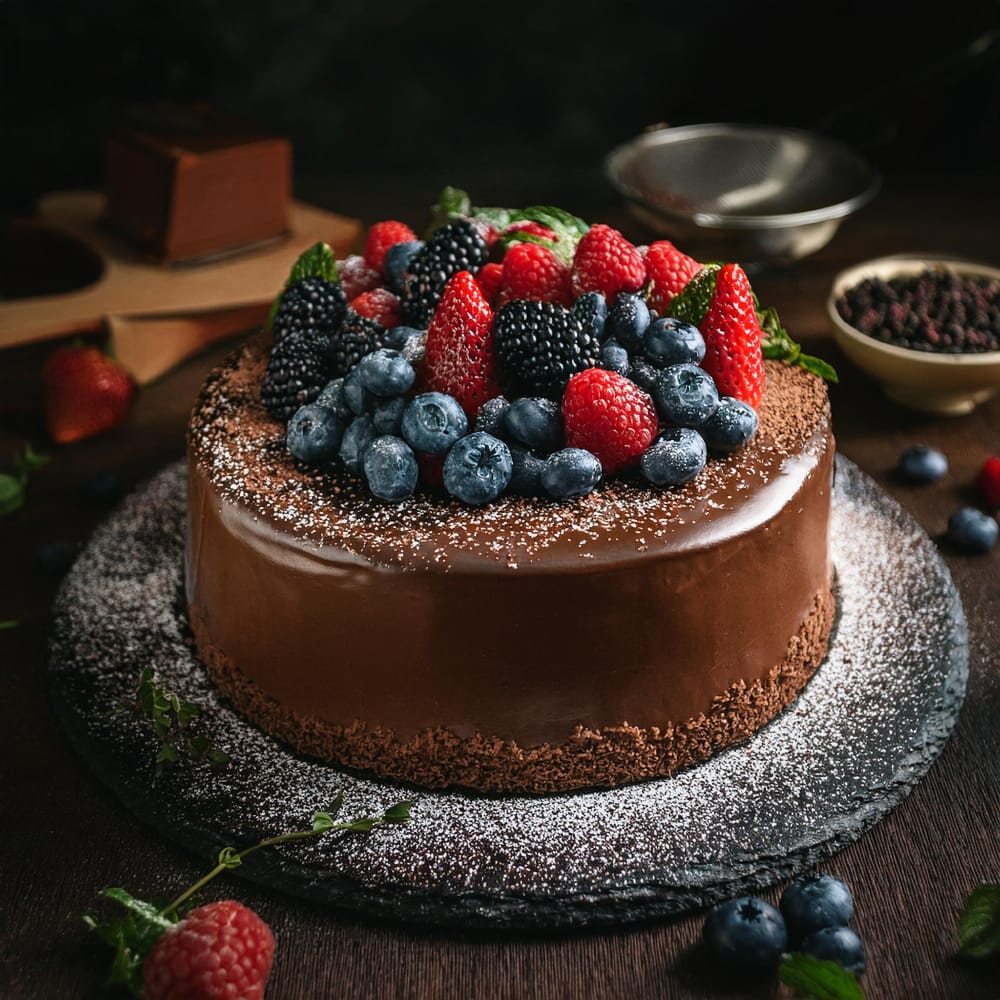
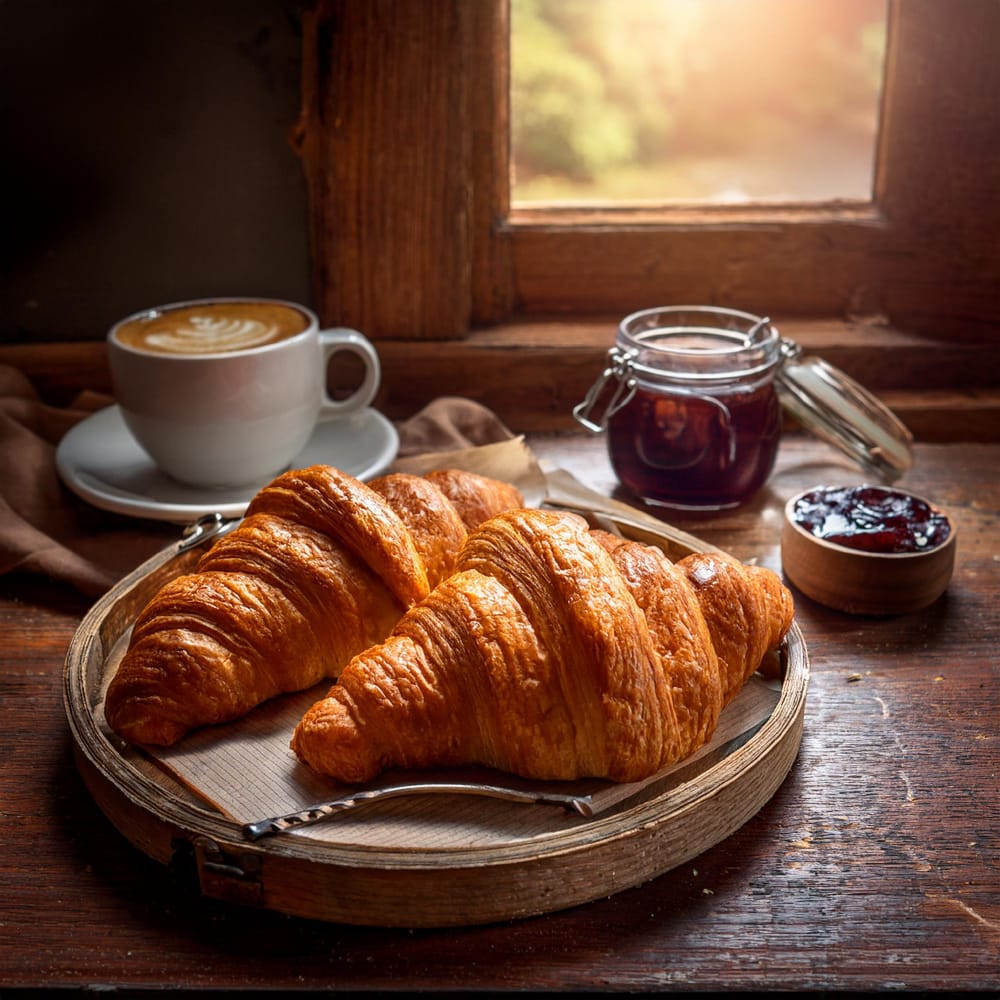
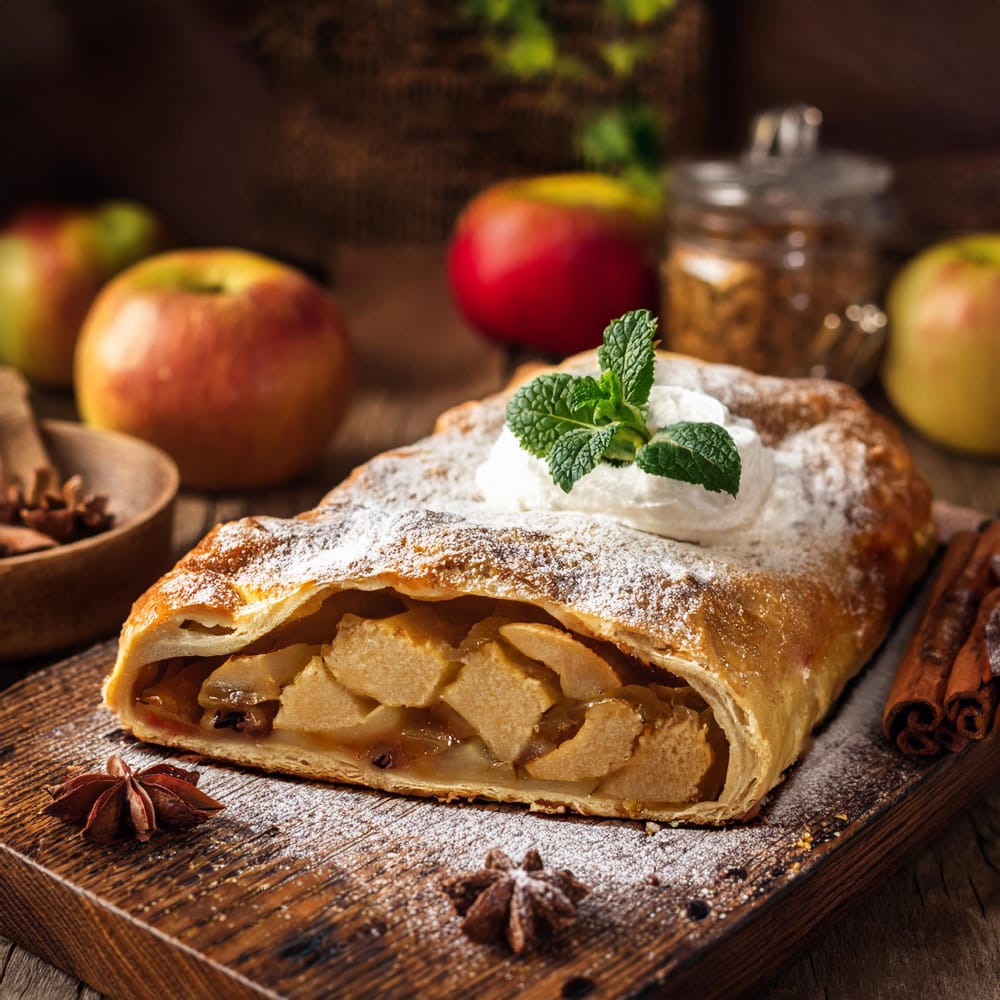
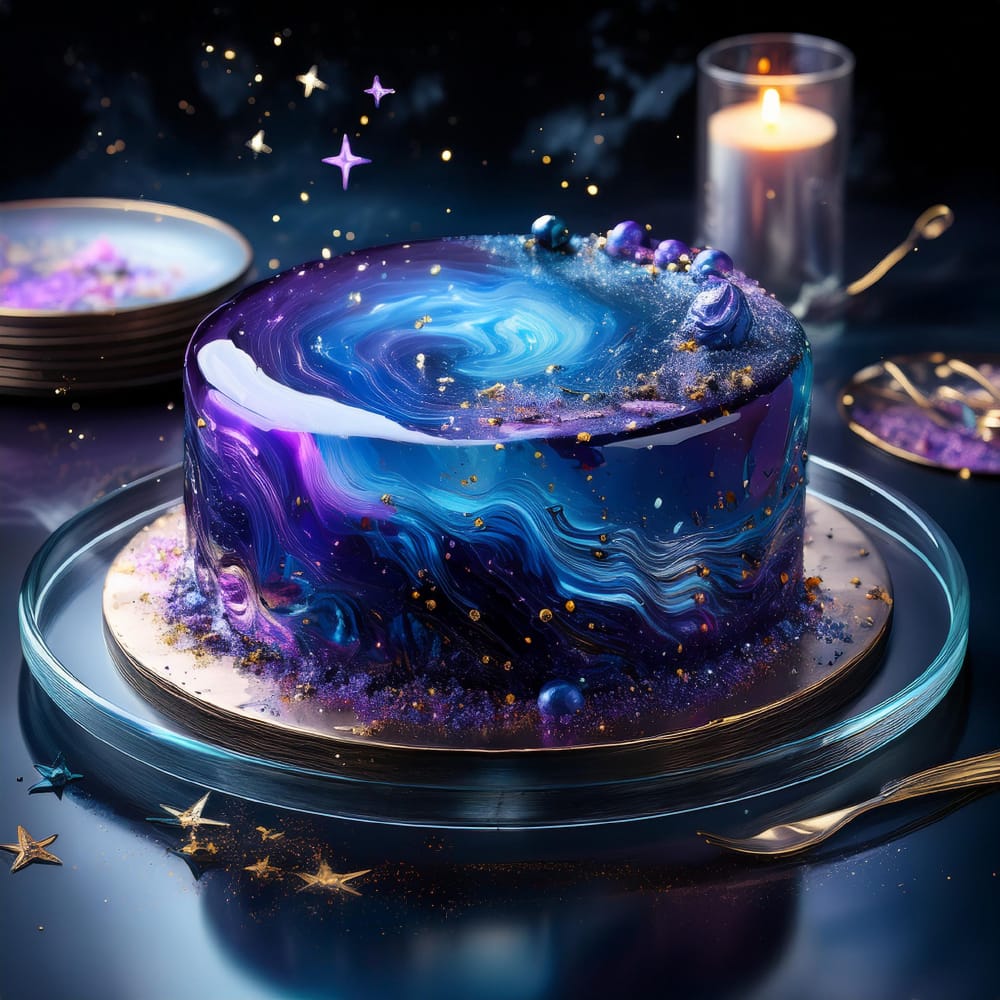
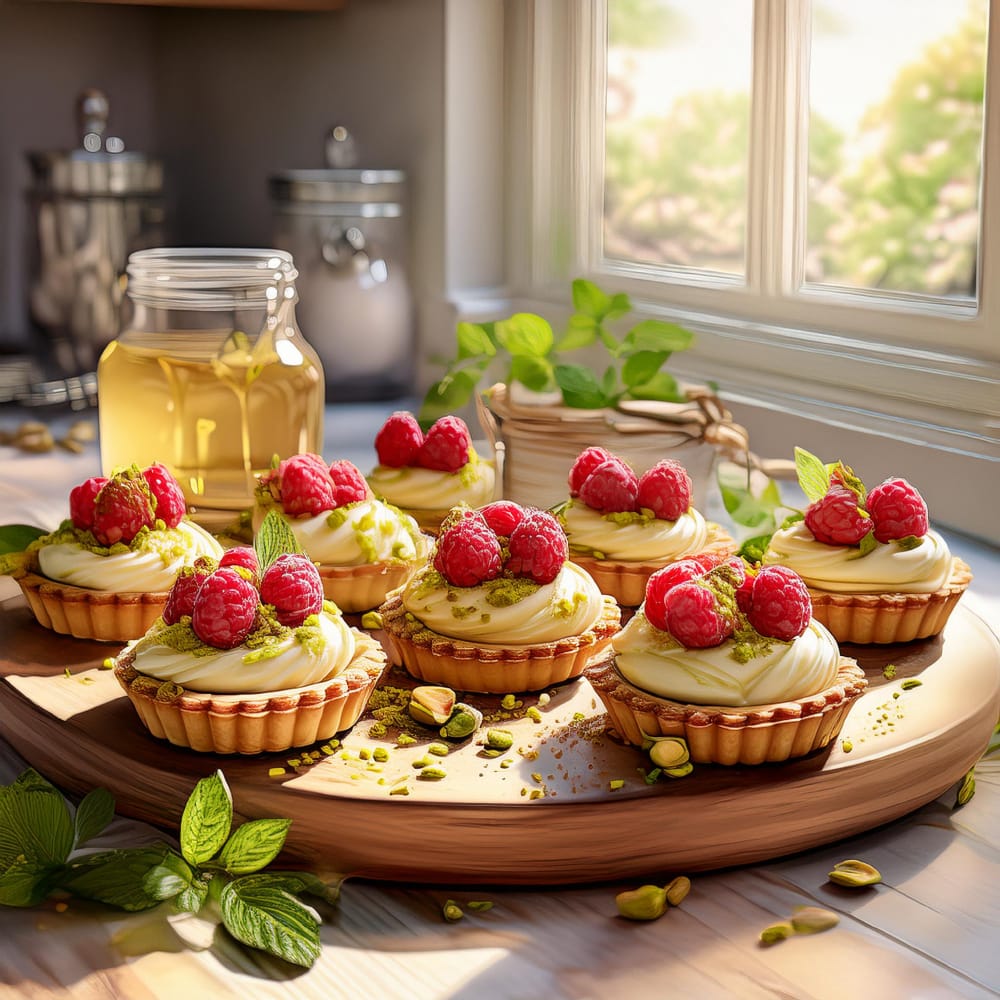
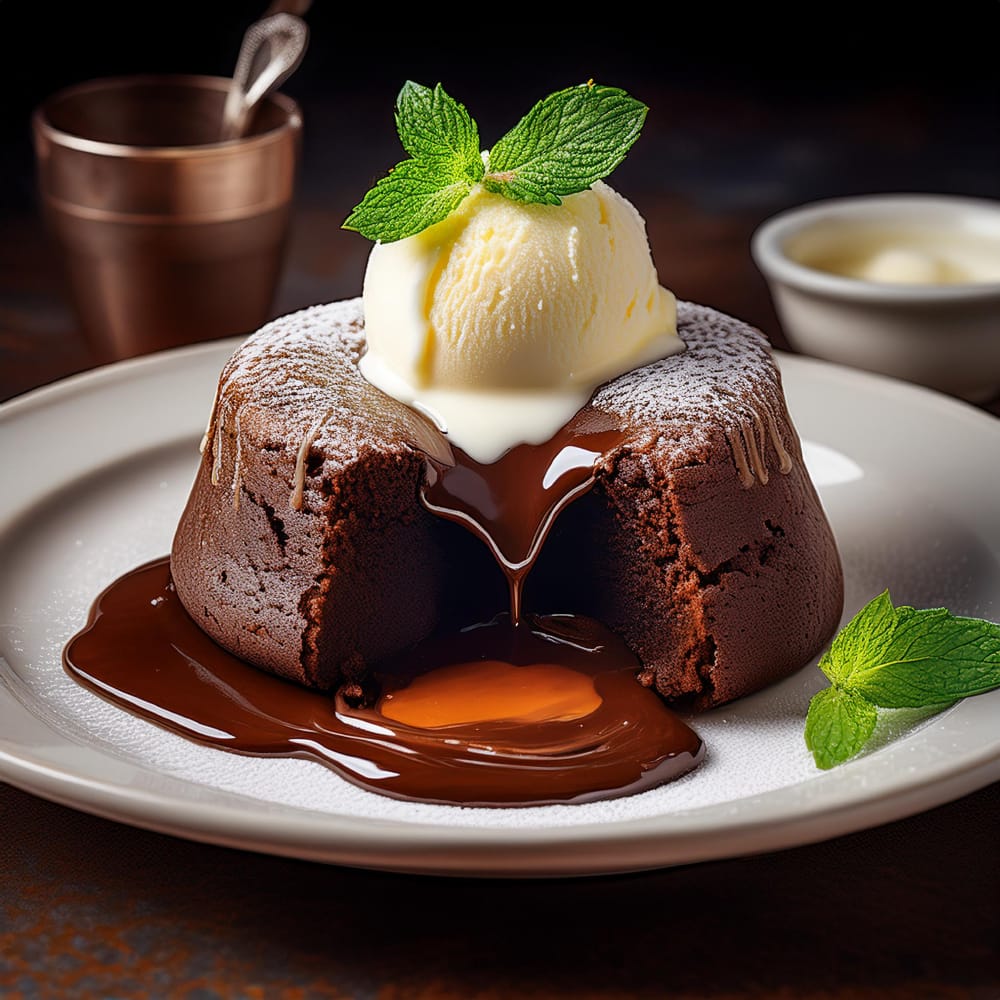
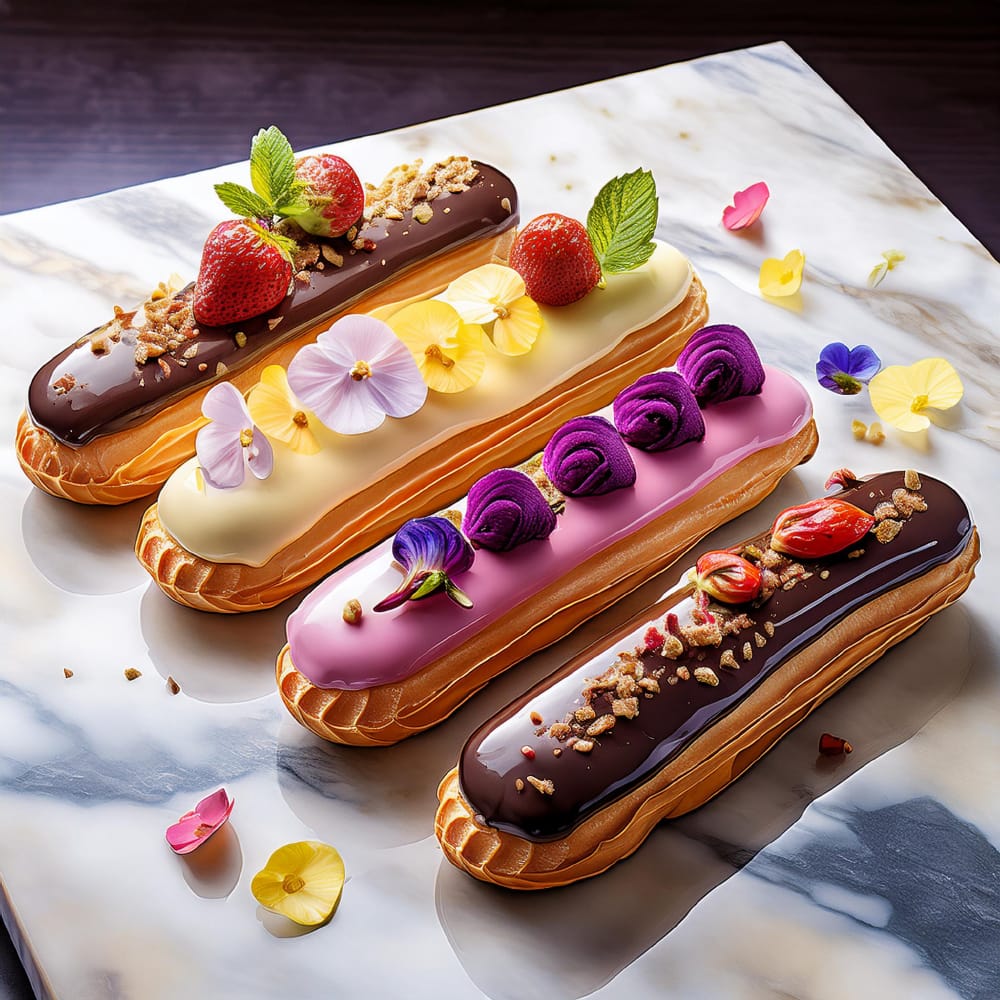
The Beauty of Desserts: More Than Just Flavor
The appeal of desserts transcends mere taste; it’s a multisensory experience. The way a cake’s smooth layers glisten in the light, how the rich cream swirls perfectly atop a pie, or the glossy finish of a chocolate truffle—it all adds to the allure. Desserts, in their most exquisite form, are as much about beauty as they are about flavor, each detail designed to captivate both the eyes and the senses. They possess a quiet elegance, a balance of form and function, where every curve, every garnish, and every texture is part of a greater composition.
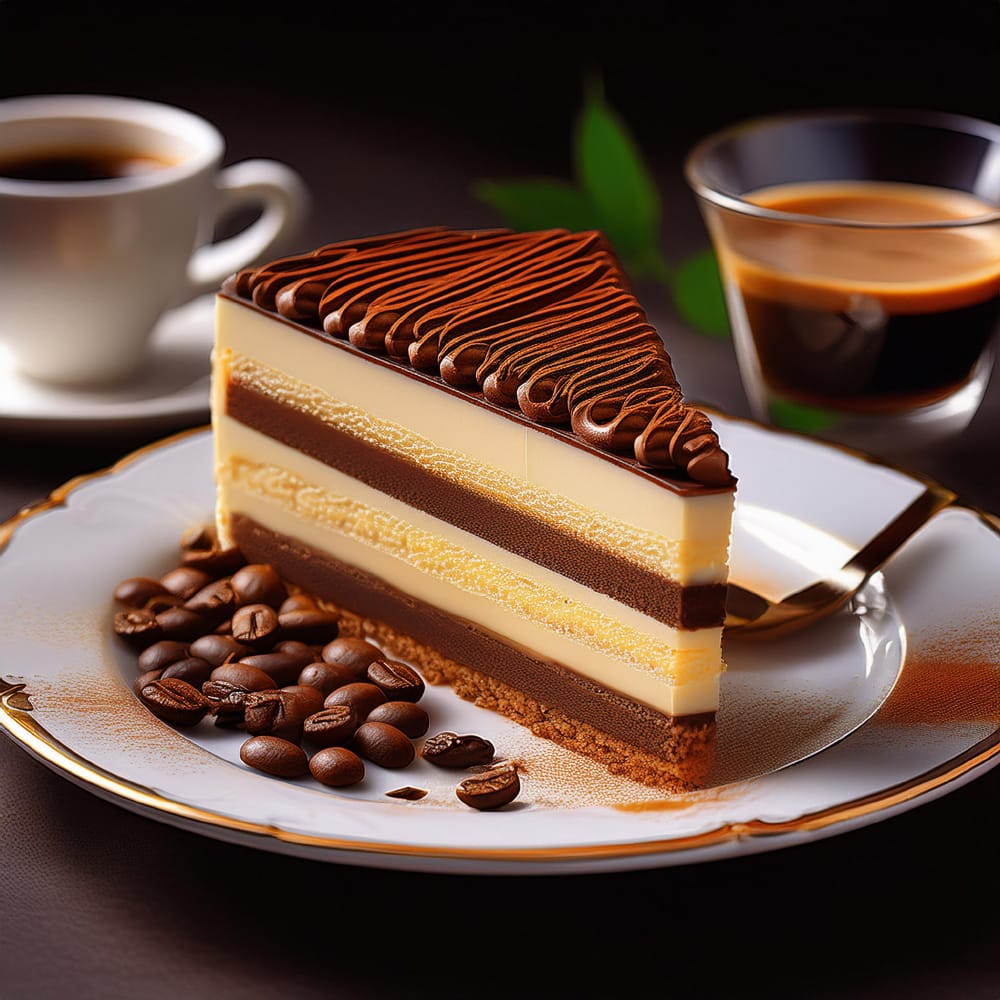
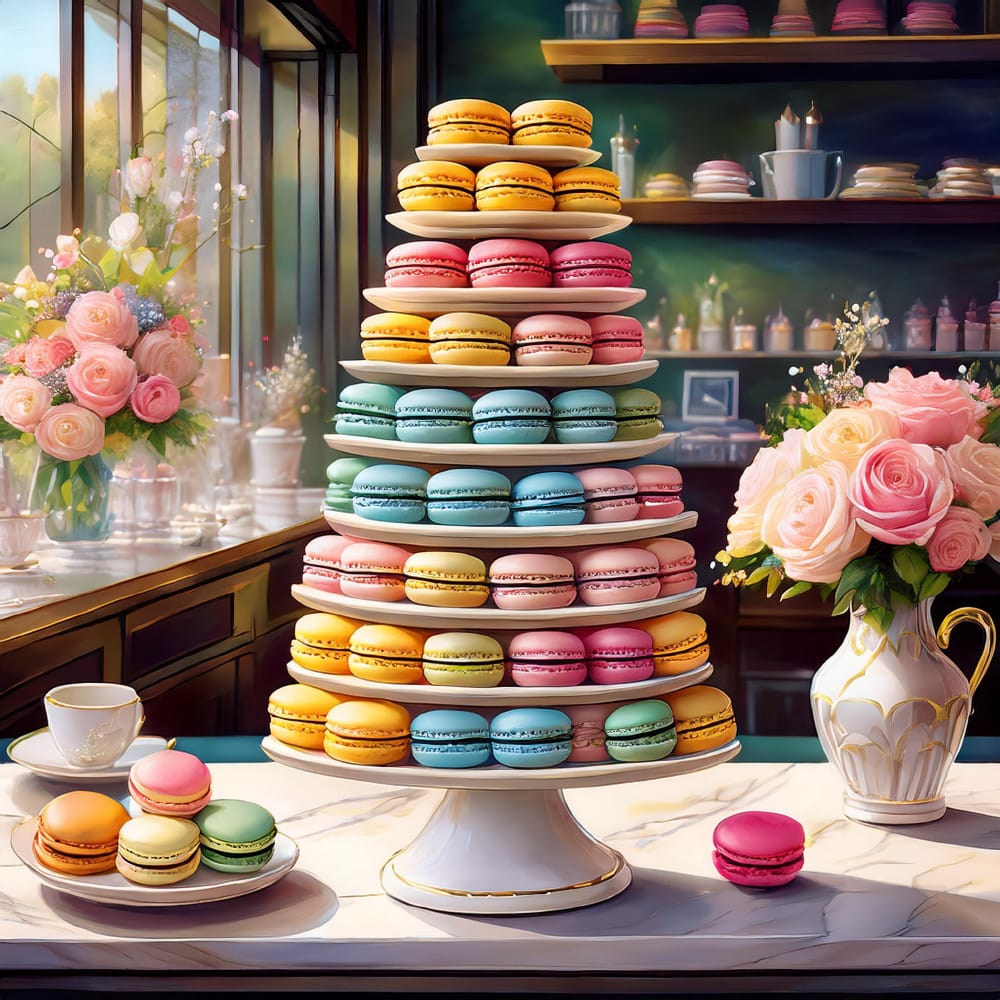
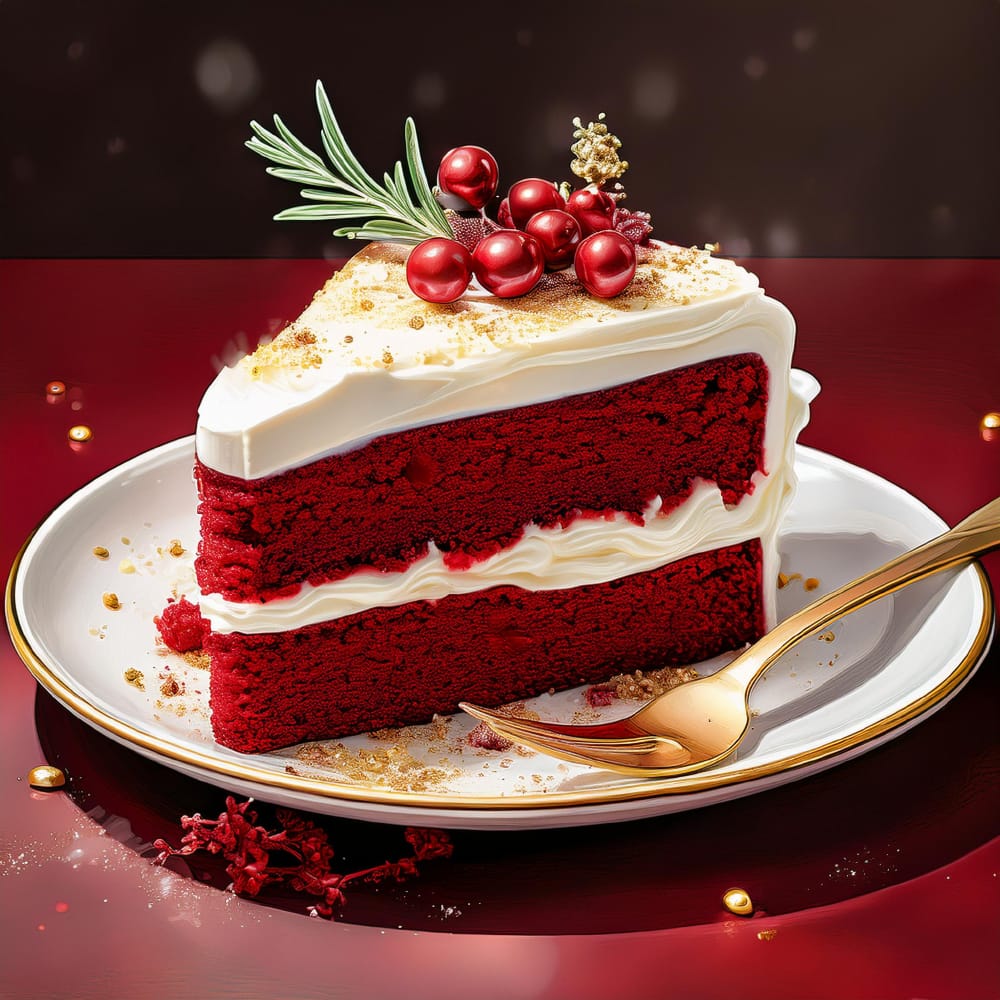
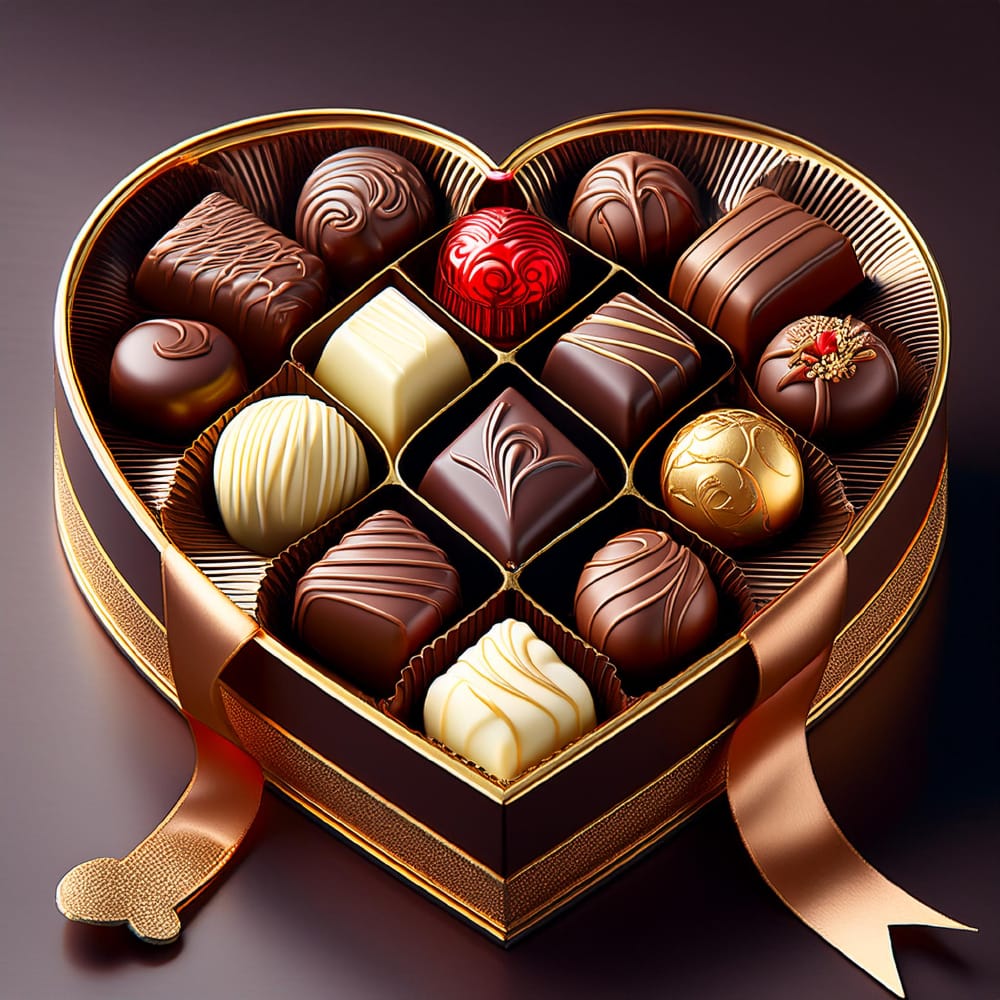
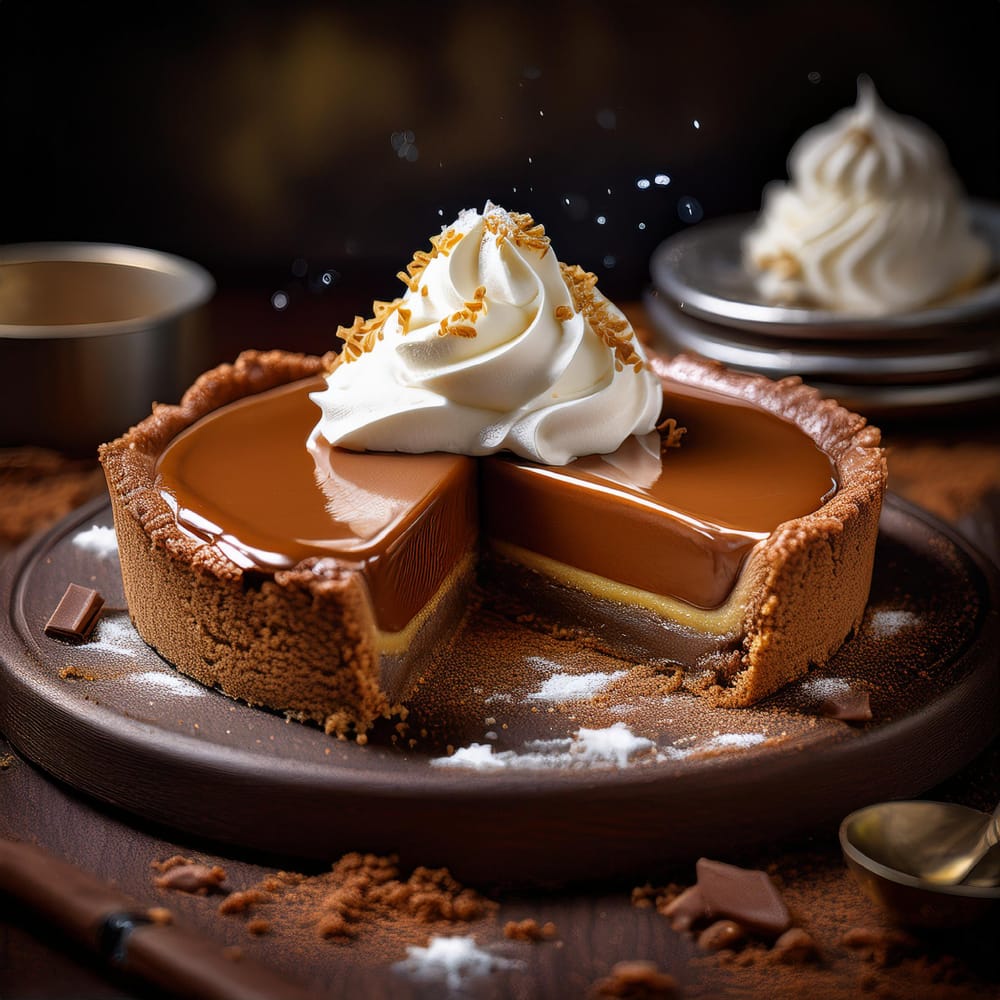
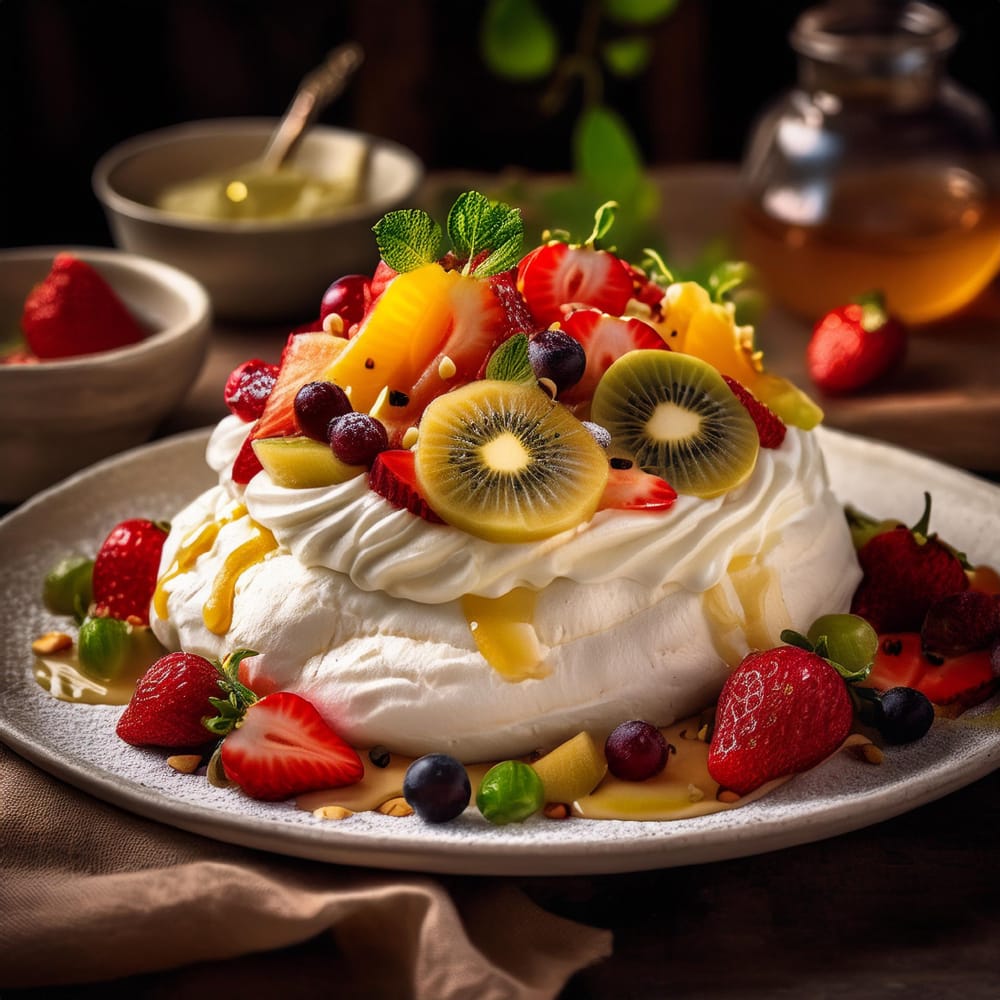
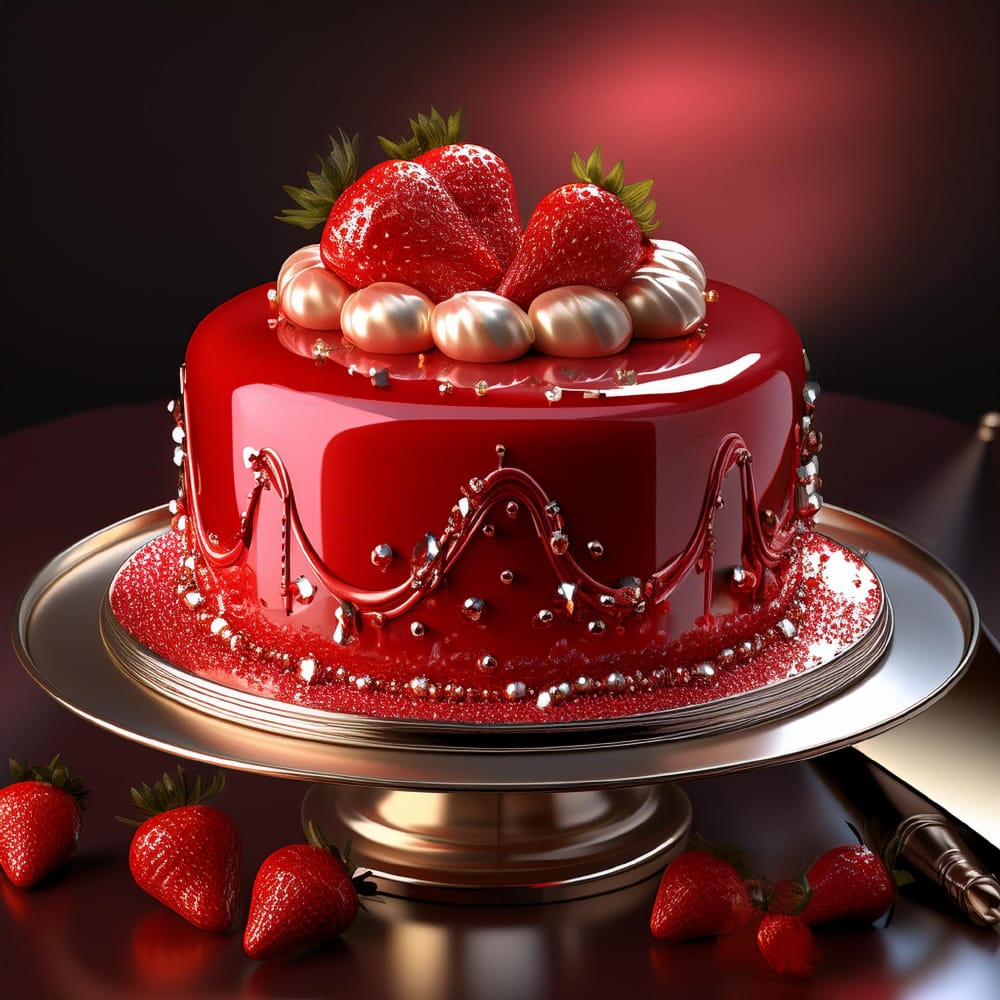
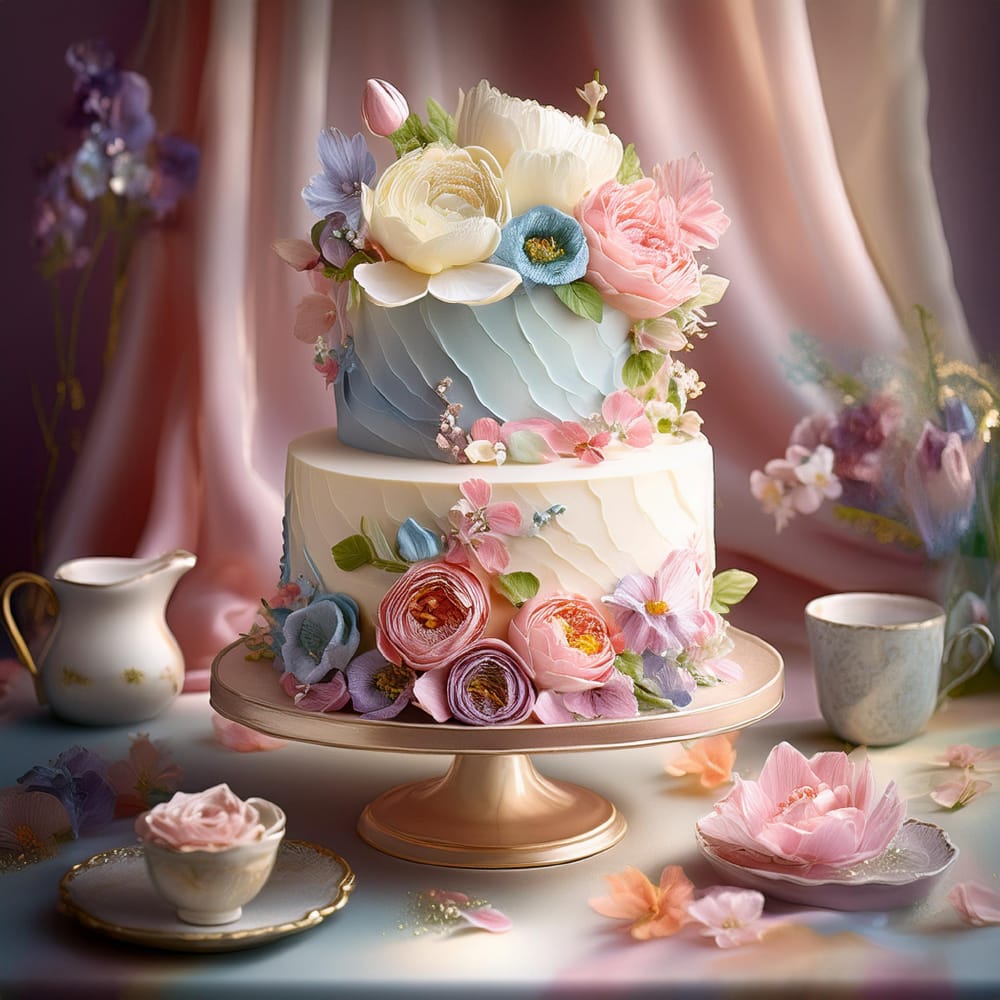
This sense of beauty is often fleeting; a dessert is meant to be savored in the moment, enjoyed for both its taste and its visual appeal. Whether it's a perfectly glazed mirror cake, a rustic apple strudel with flaky layers, or a simple scoop of gelato melting slowly in the sun, each dessert tells a story. It’s a narrative crafted from simple ingredients transformed into something far greater than the sum of its parts—a moment of joy, captured in a single bite.
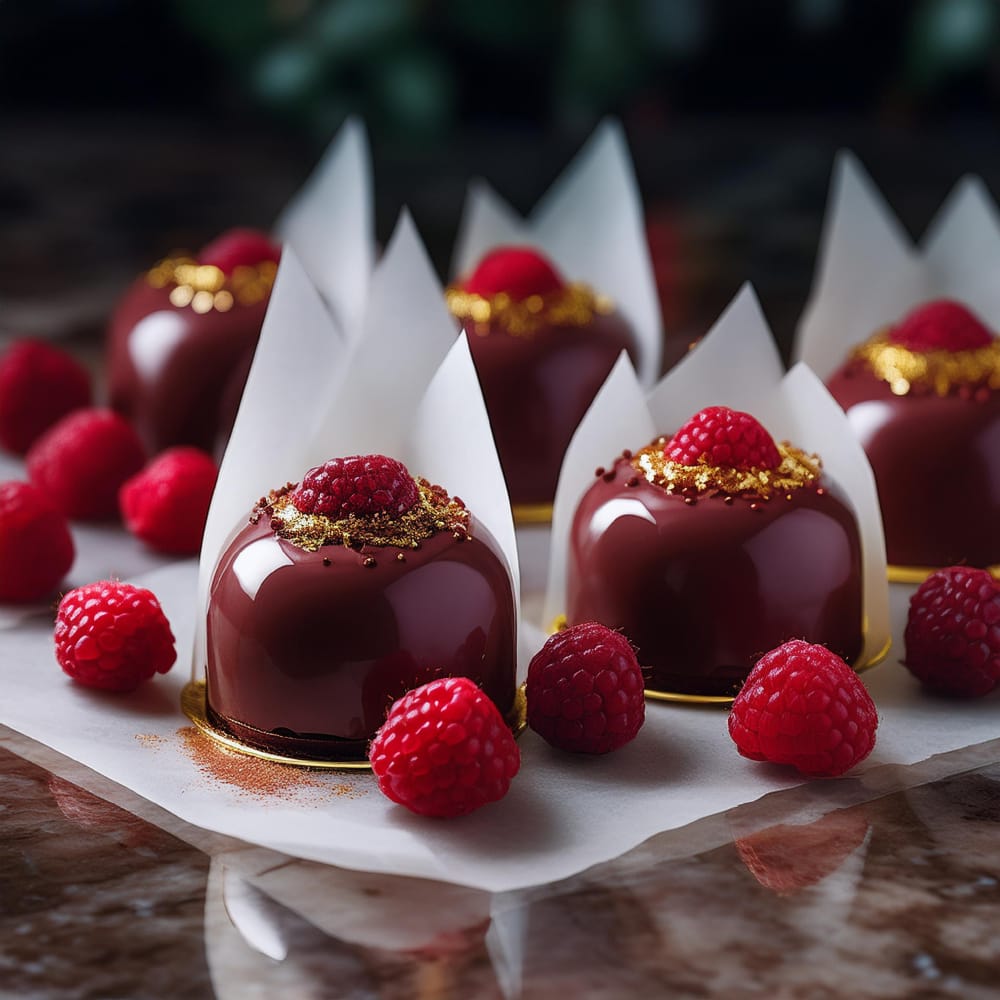
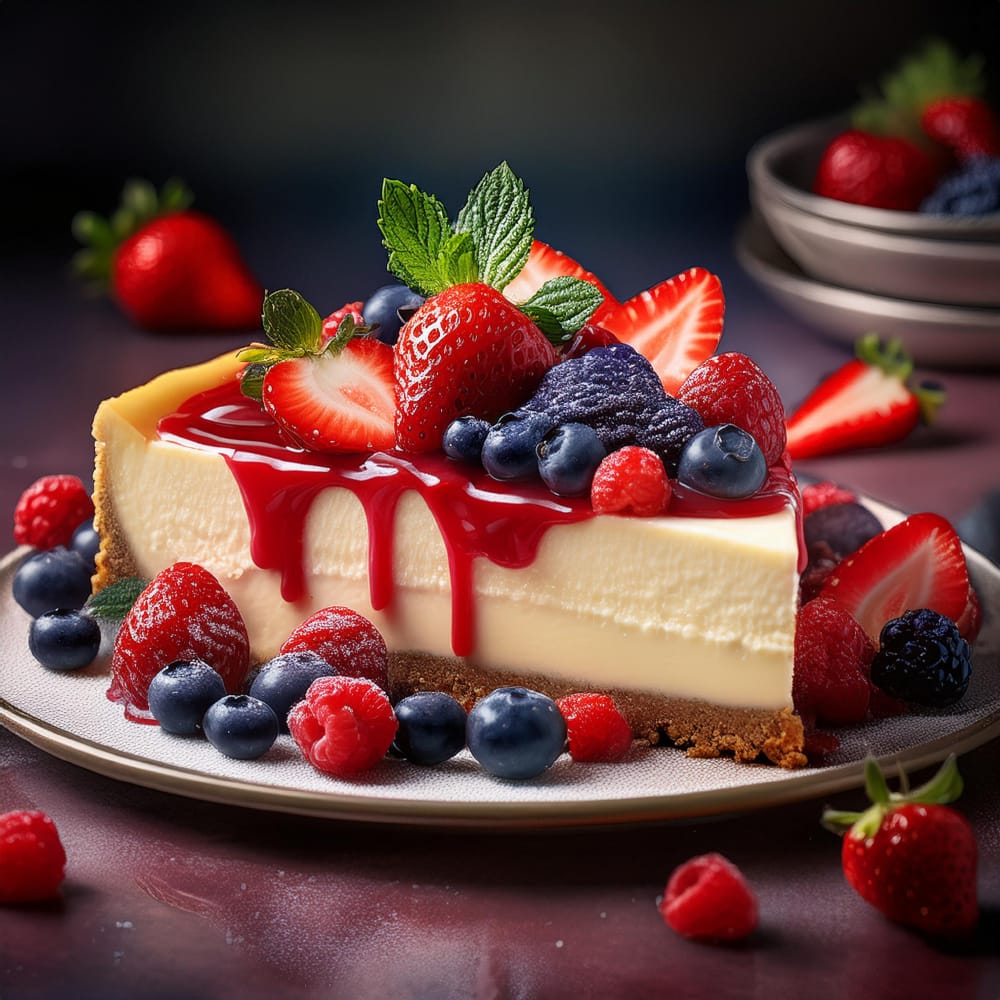
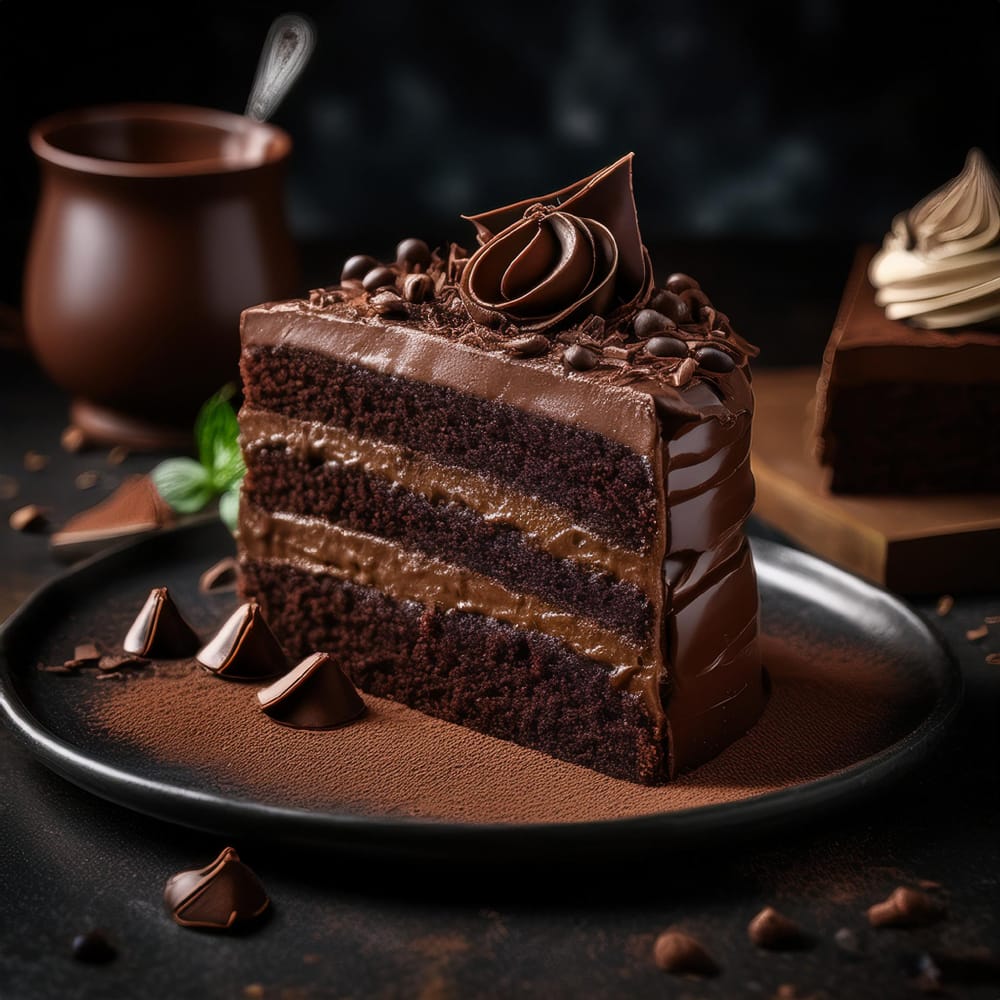
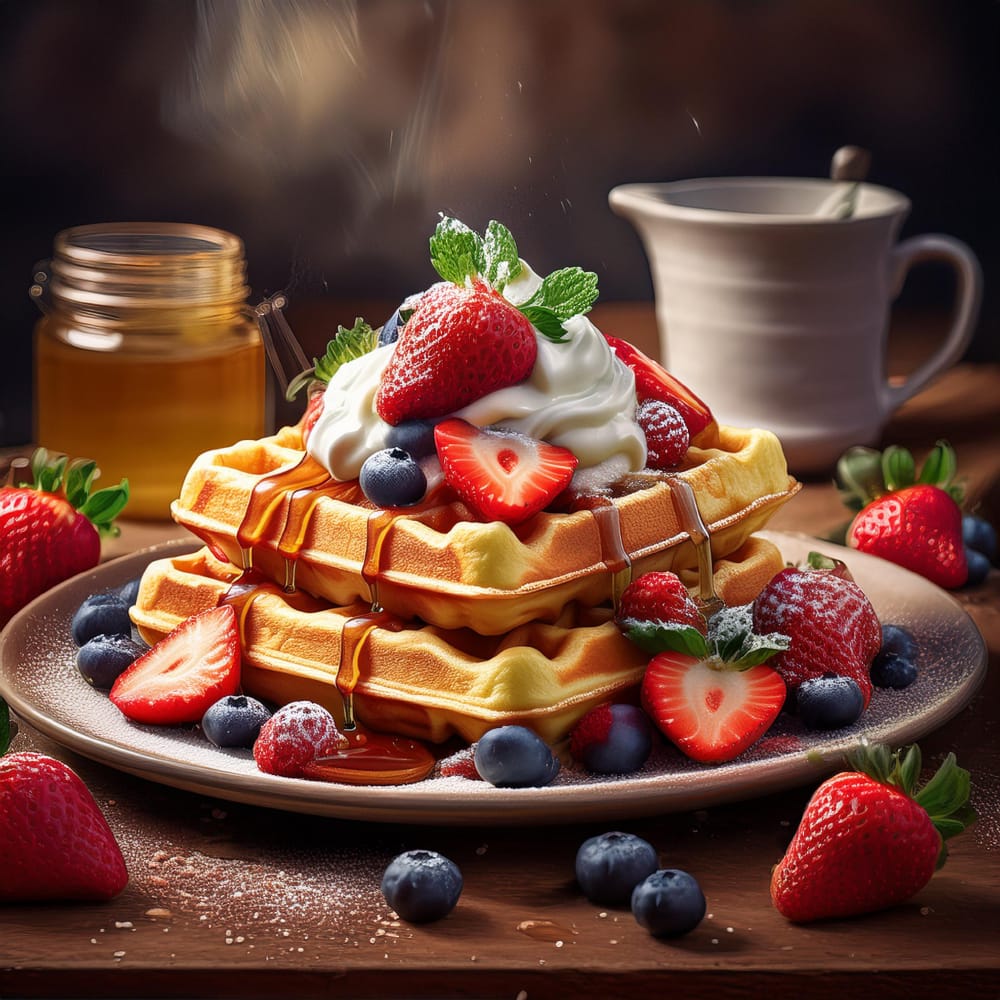
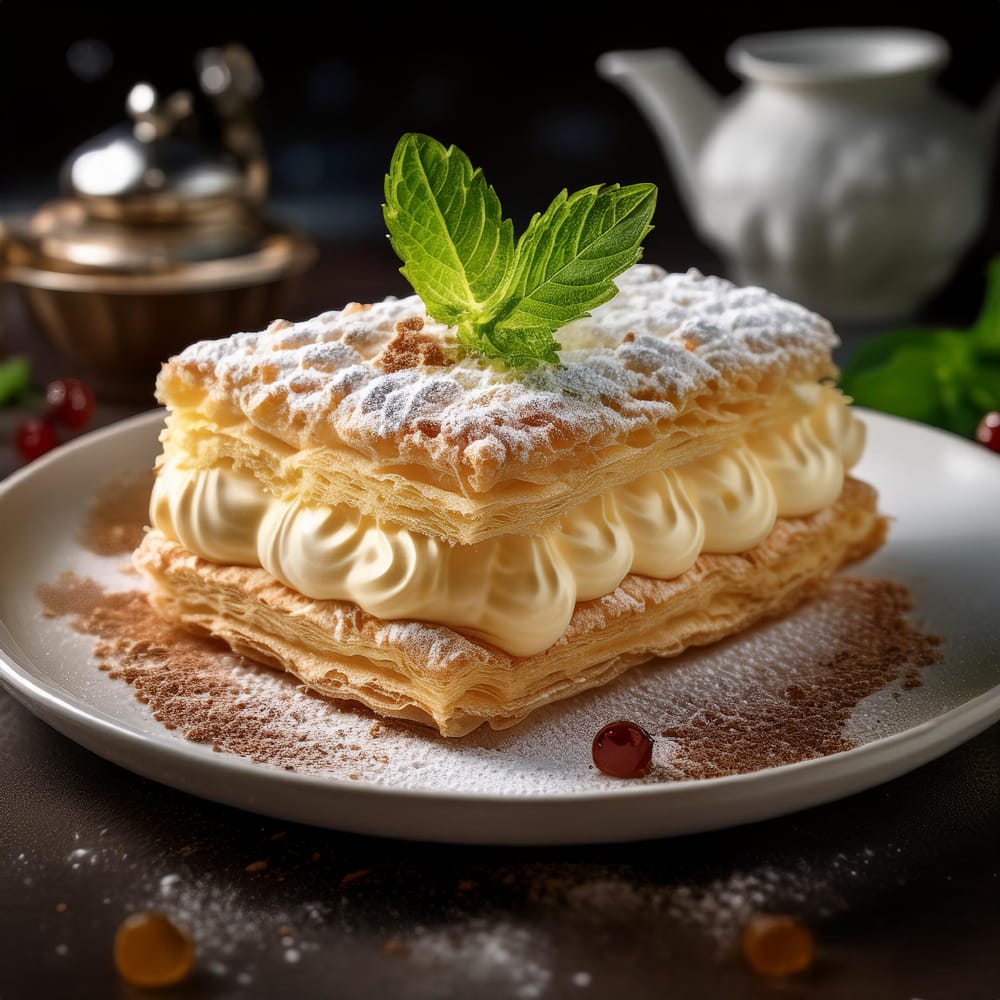
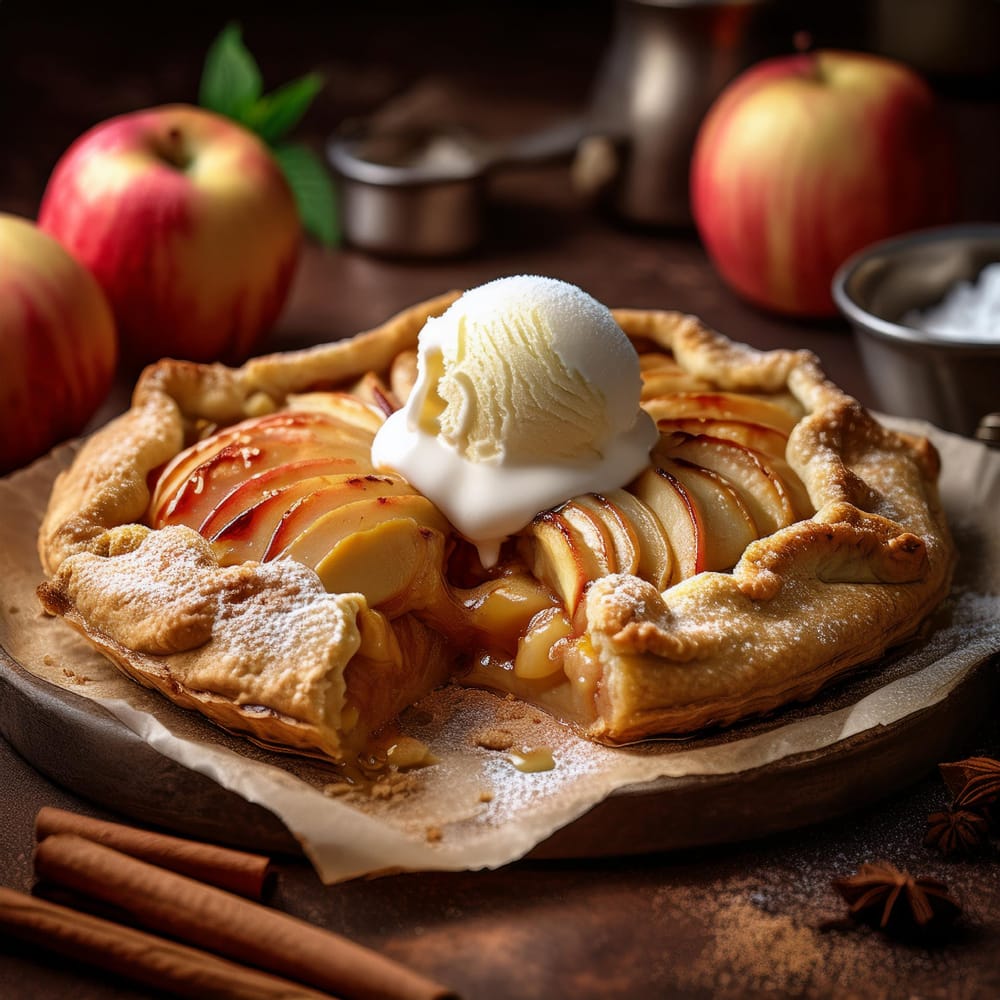
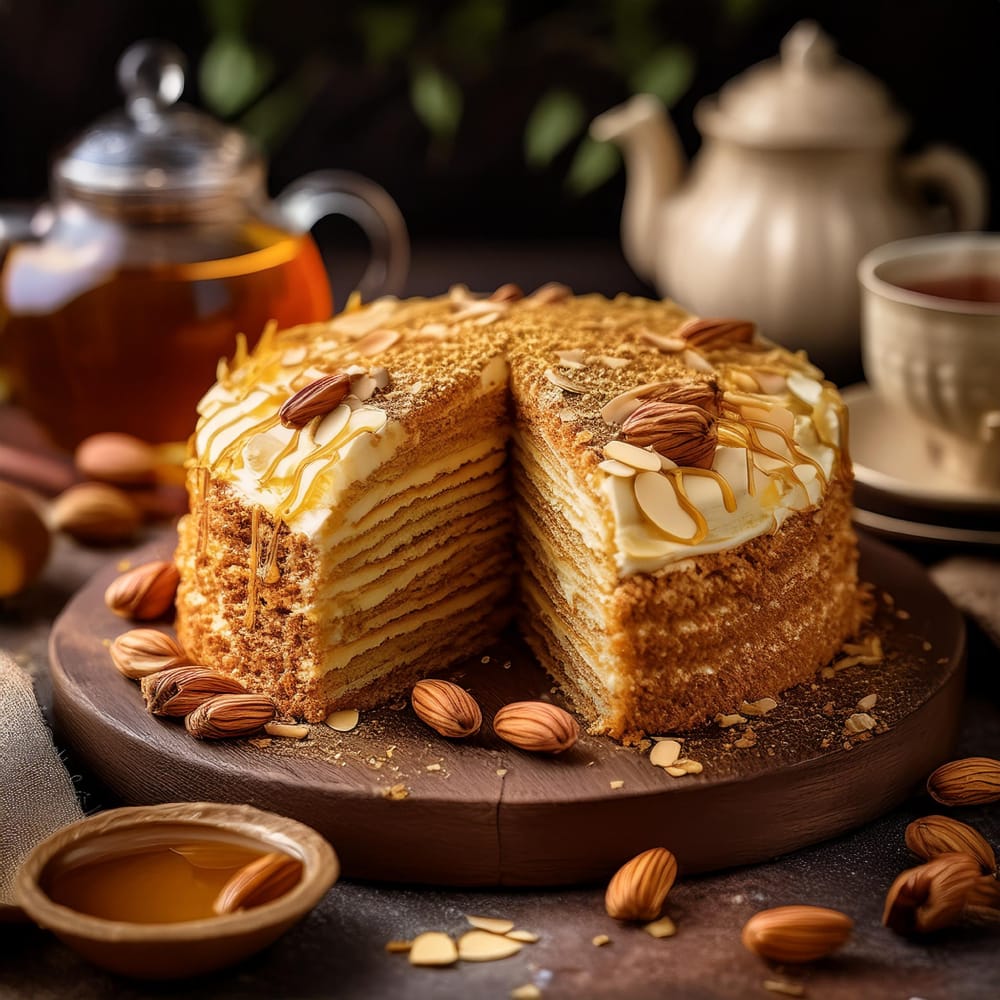
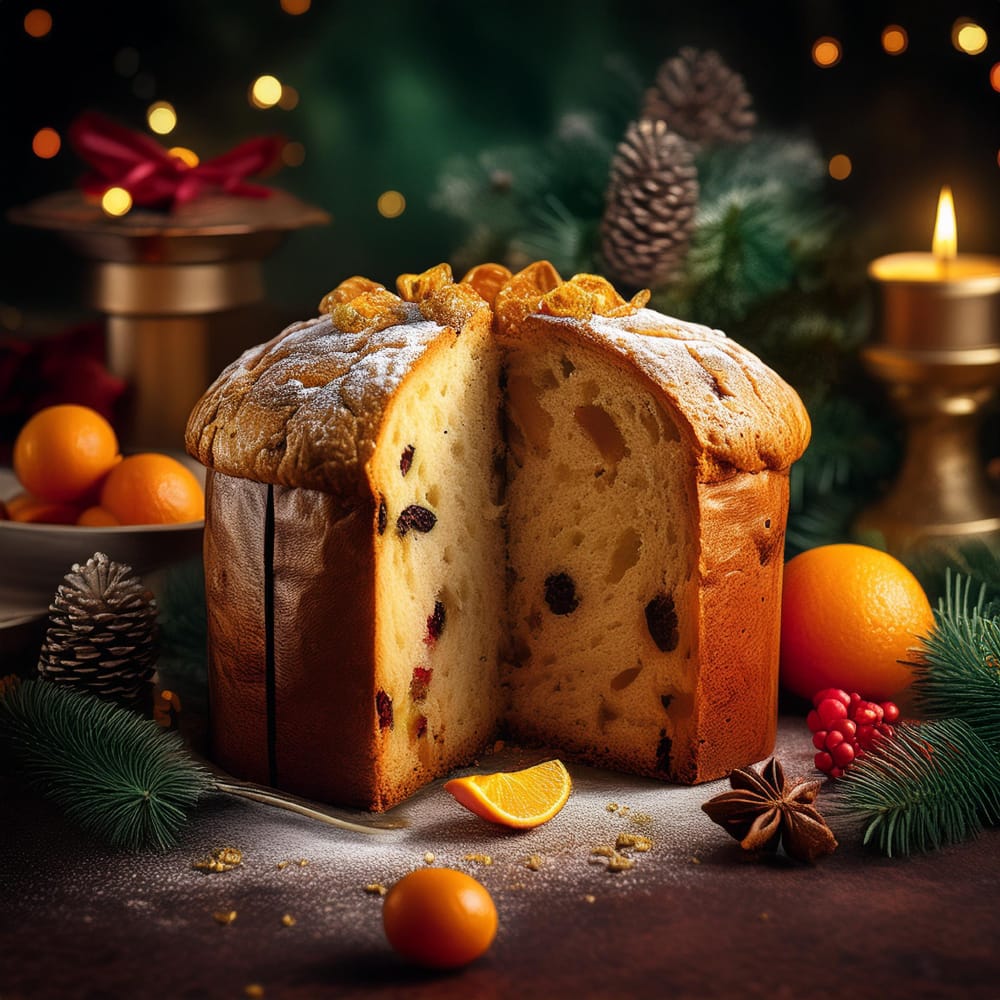
By using AI to generate these dessert images, we are reminded that creativity knows no bounds. Adobe Firefly’s visualizations, born from well-crafted prompts and brought to life through generative technology, can unlock an entirely new way of experiencing and sharing the beauty of desserts. These images highlight the richness and artistry that make desserts more than just food; they are visual experiences in their own right.
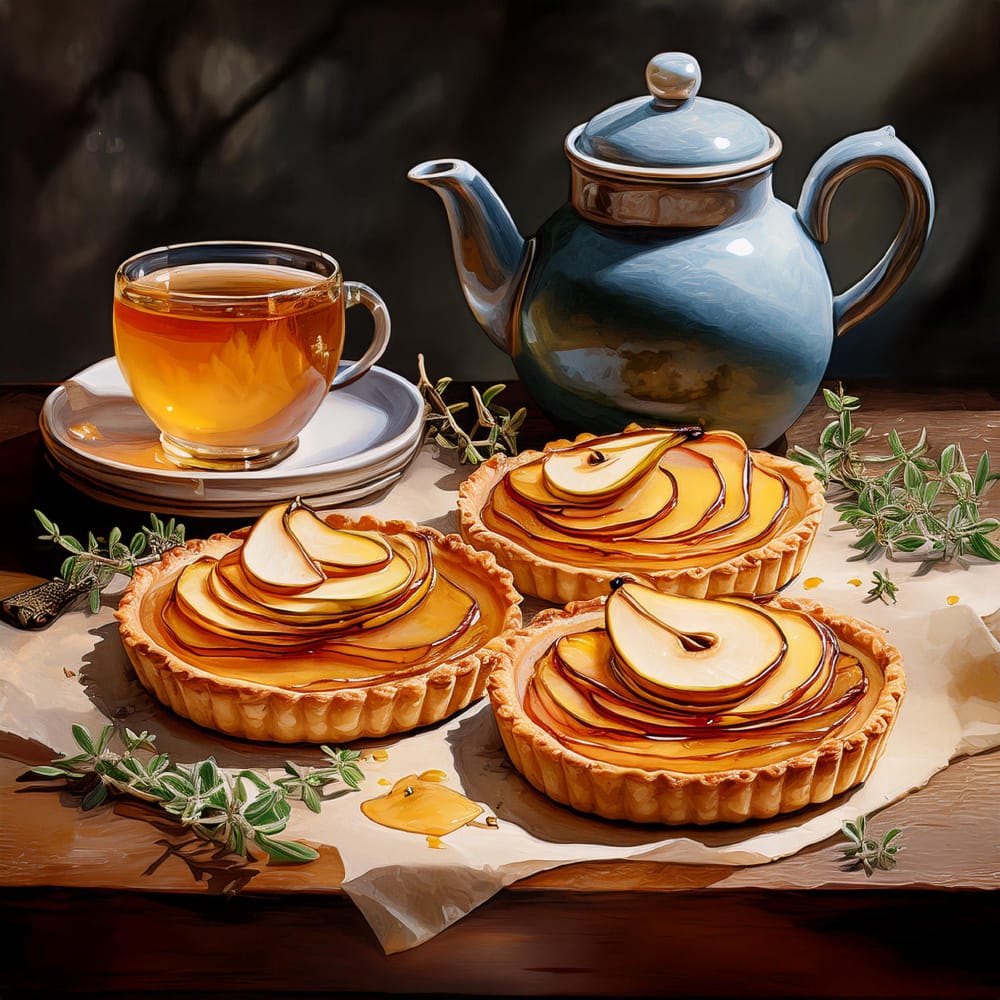
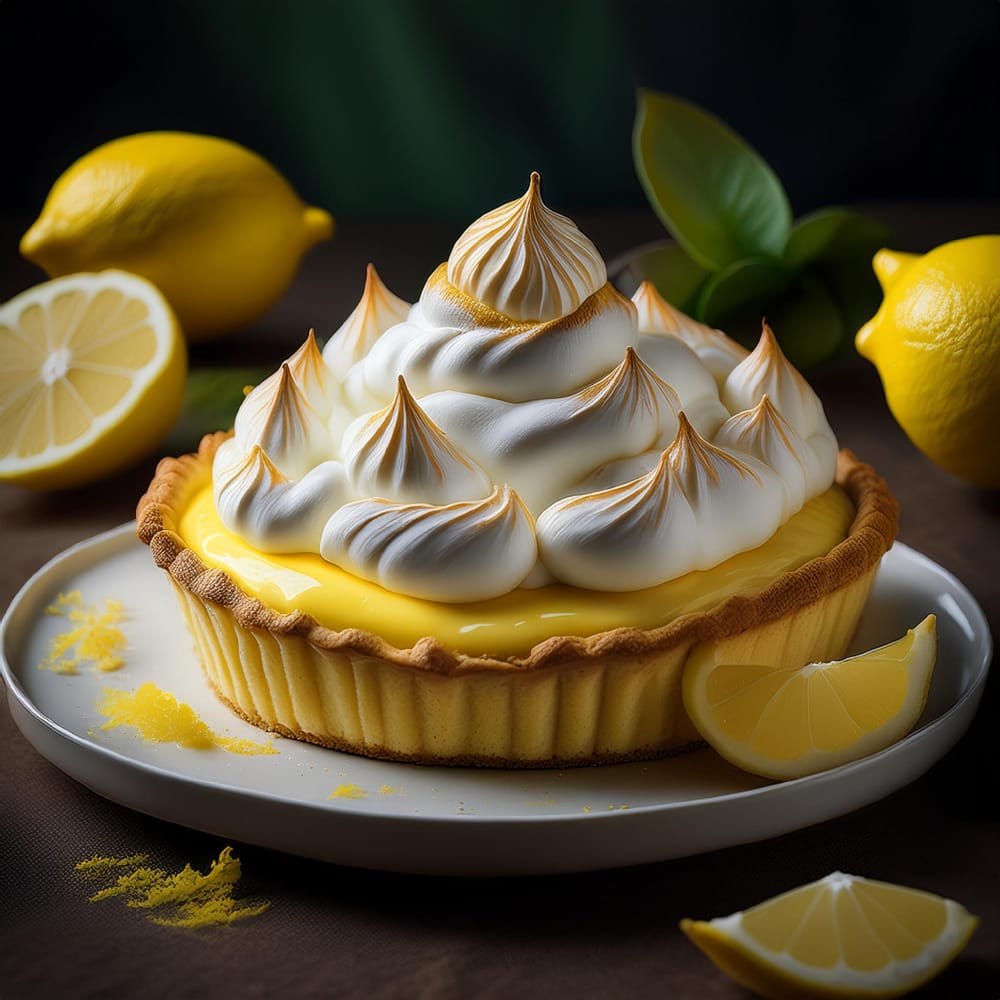
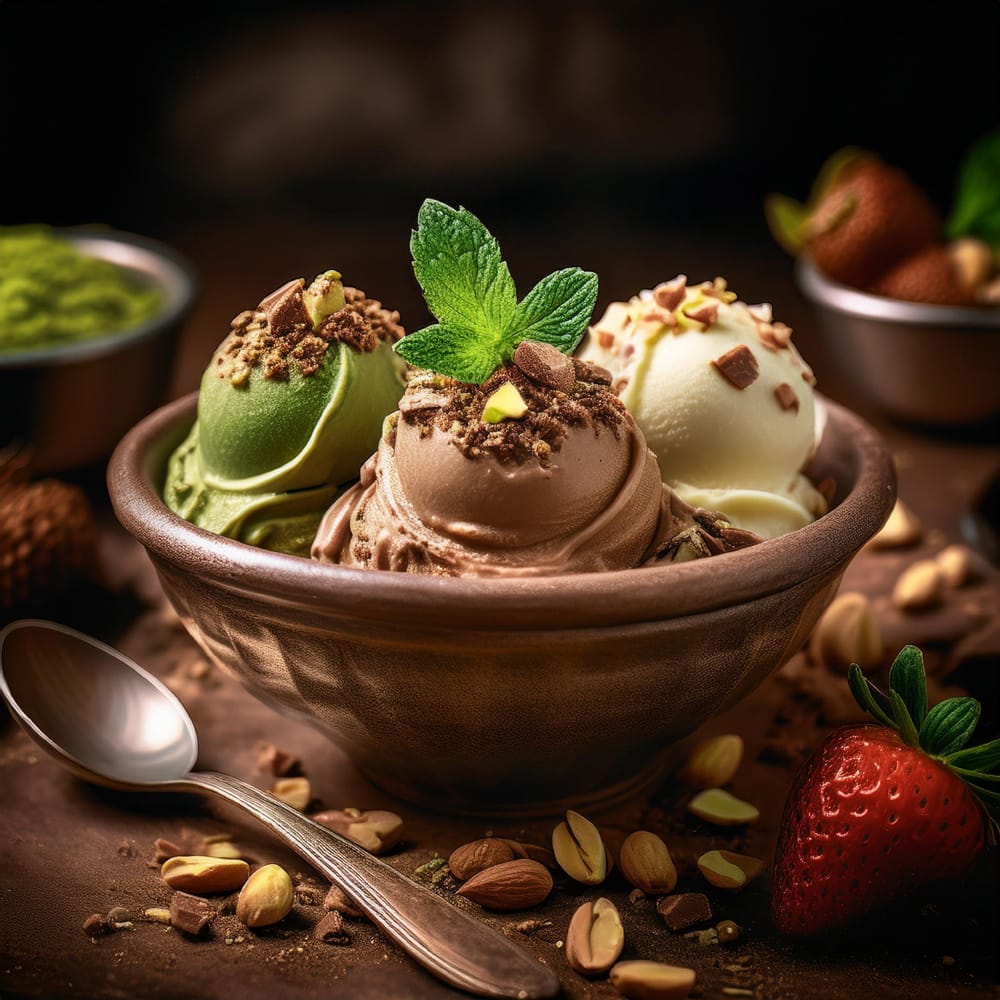
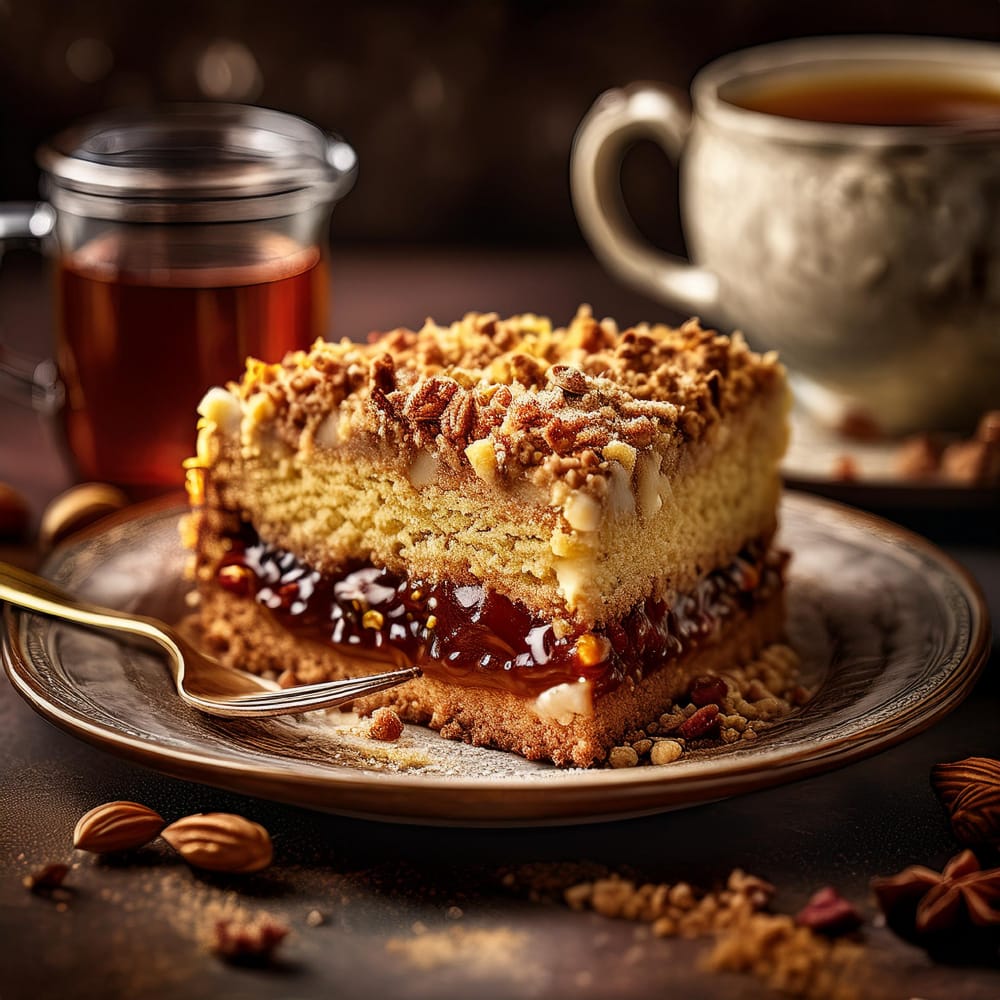
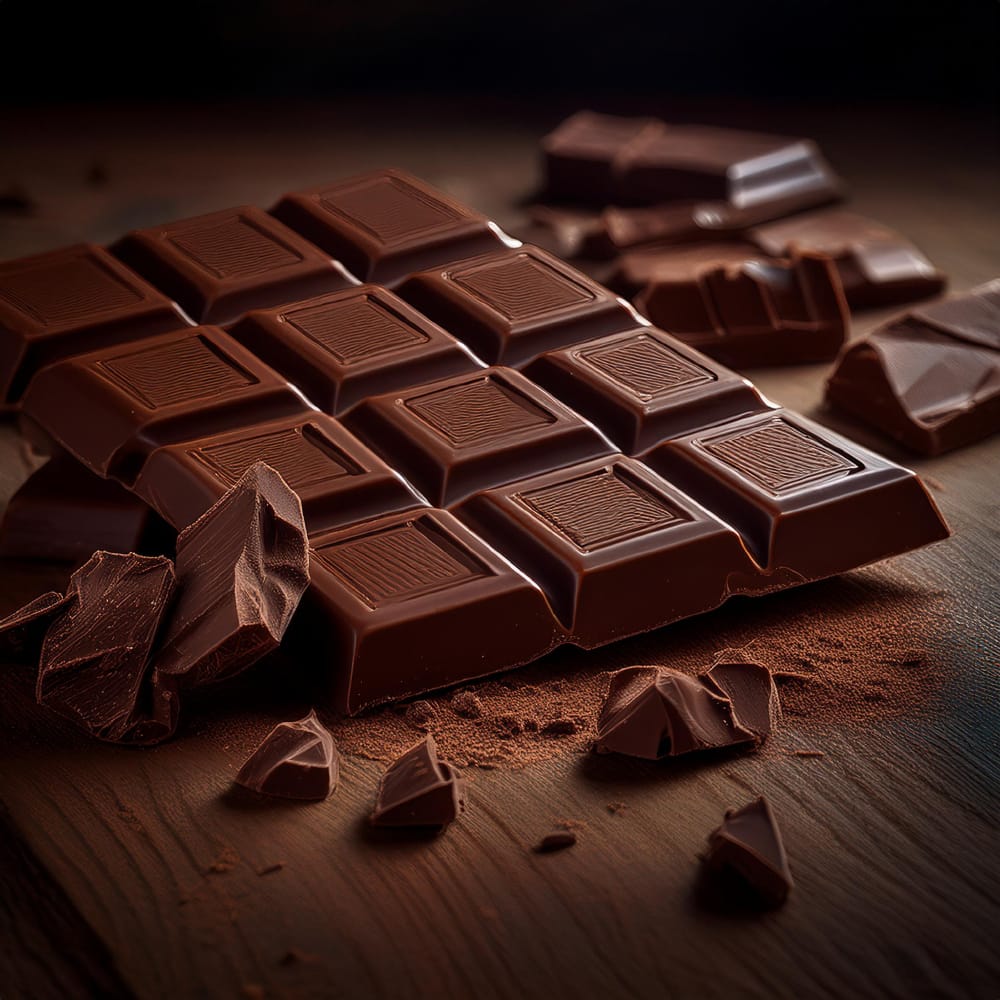
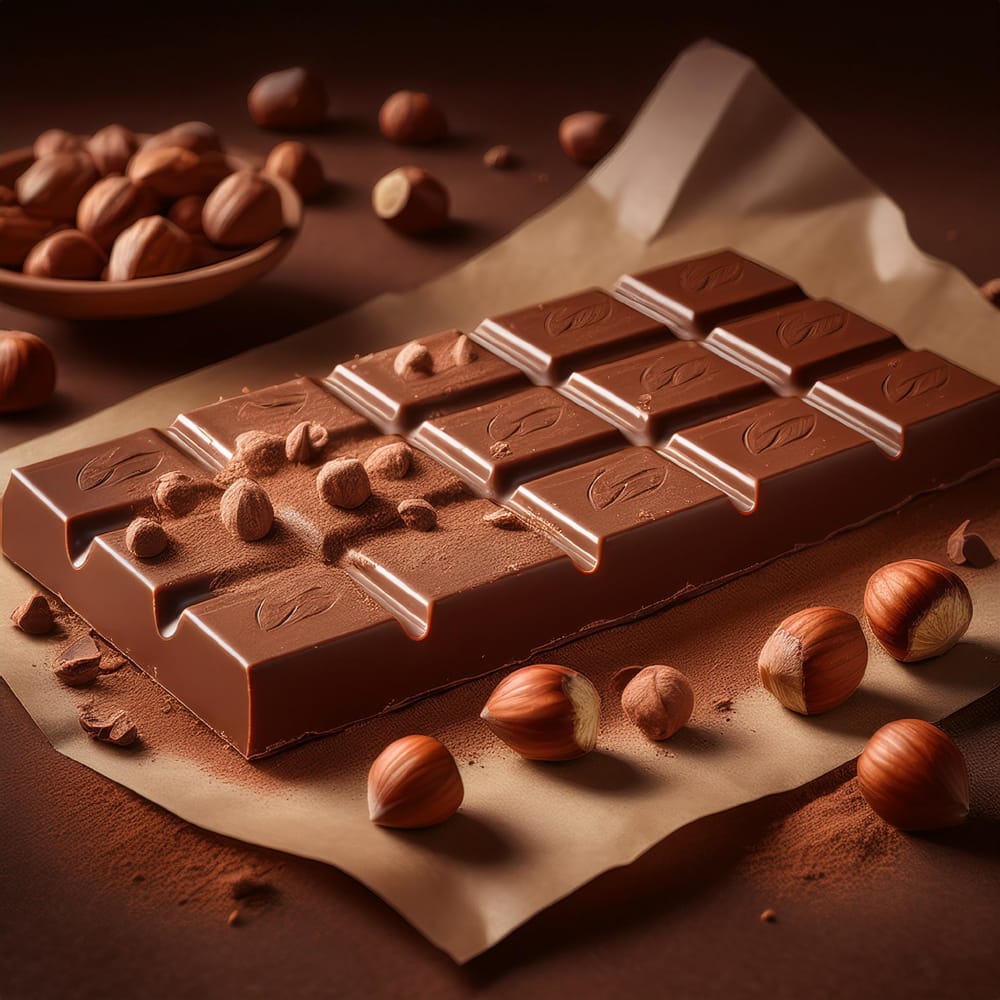
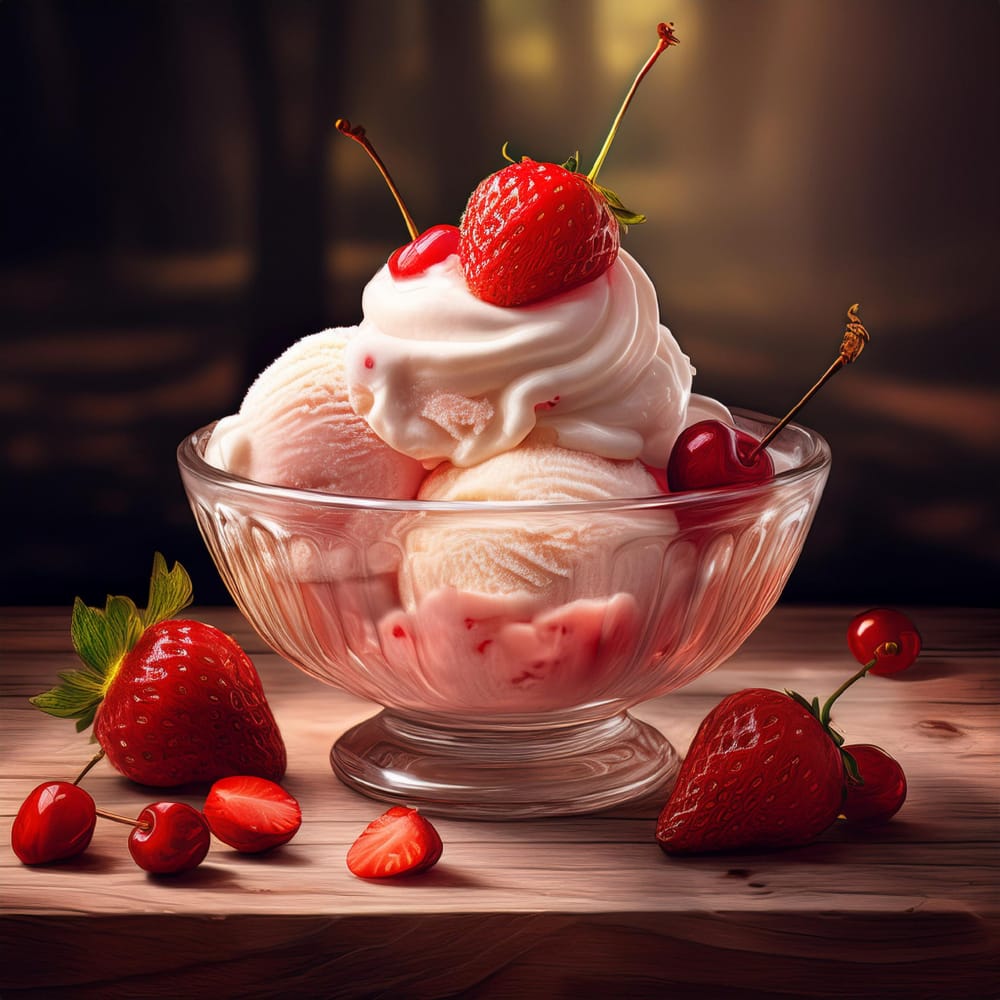
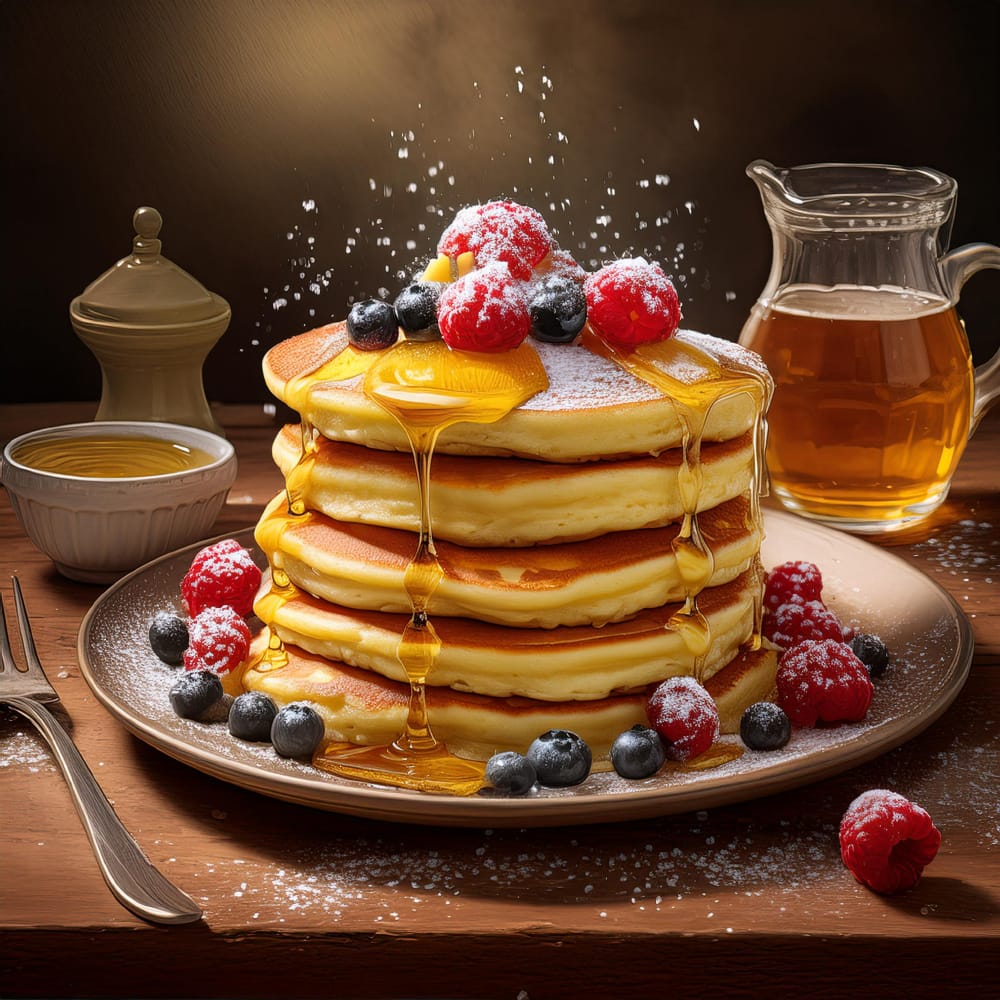
Images have a remarkable ability to shape our understanding and evoke emotions. AI-generated desserts serve as a testament to the endless possibilities of creativity, blending the precision of technology with the artistry of design. They remind us that the beauty of a dessert is not only in its taste but in how it can inspire, evoke wonder, and surprise us.
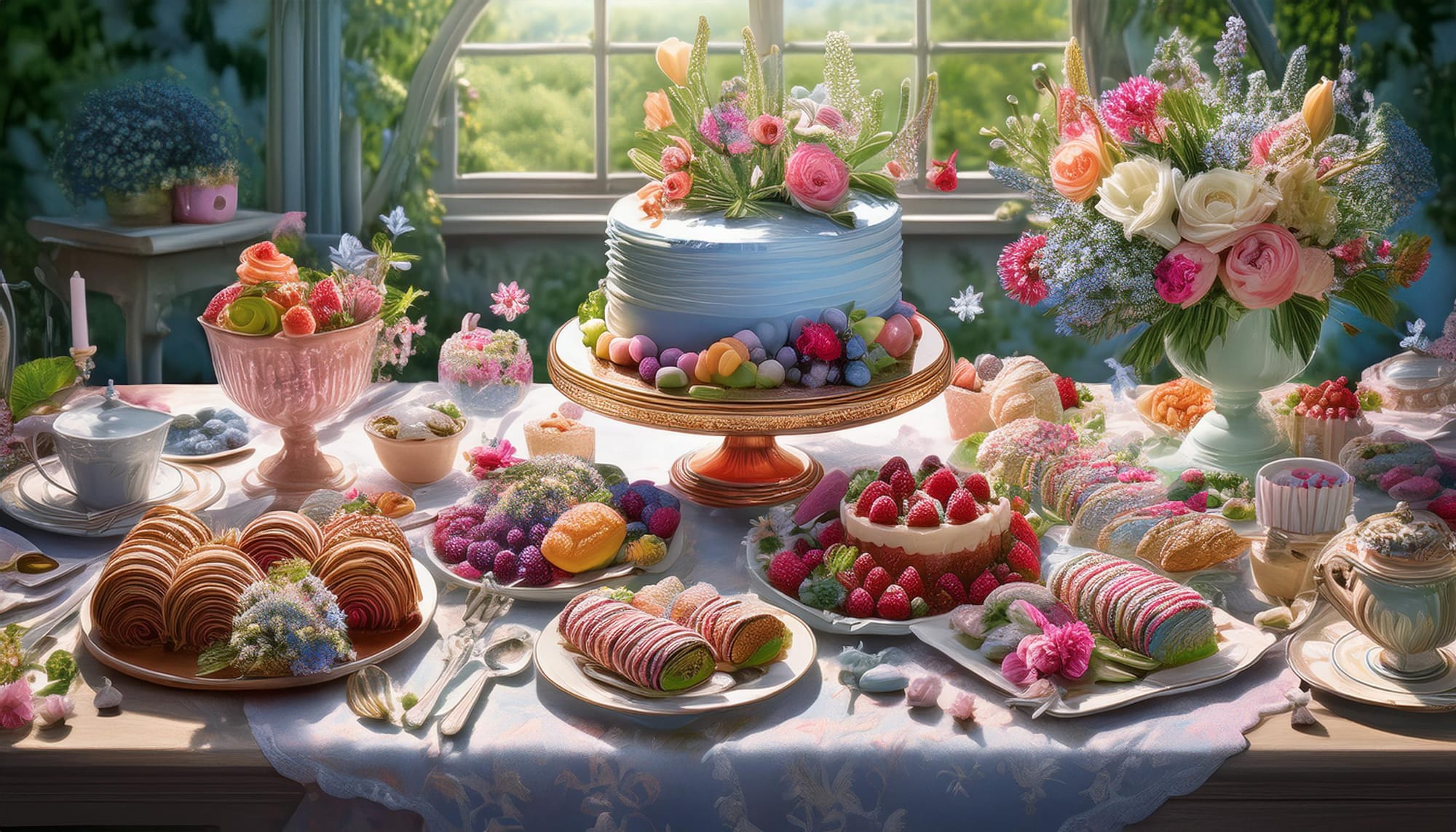
These images show us not just what desserts are, but what they can become when imagination and innovation are allowed to merge seamlessly, creating something both visually stunning and conceptually limitless.
Try Photoshop and all Creative Cloud apps free for 7 days.

